Cities evolve naturally around places for trade and commerce because everyone needs a variety of goods on a regular basis. Markets are thus at the heart of urban life in cultures all around the world. They are the key places where the community comes together to exchange goods and services, socialize, and help each other. The energy at the market and the social and economic value that comes out of it form the life force of a town or city. Therefore, the market is an essential feature of any society that hopes to thrive.
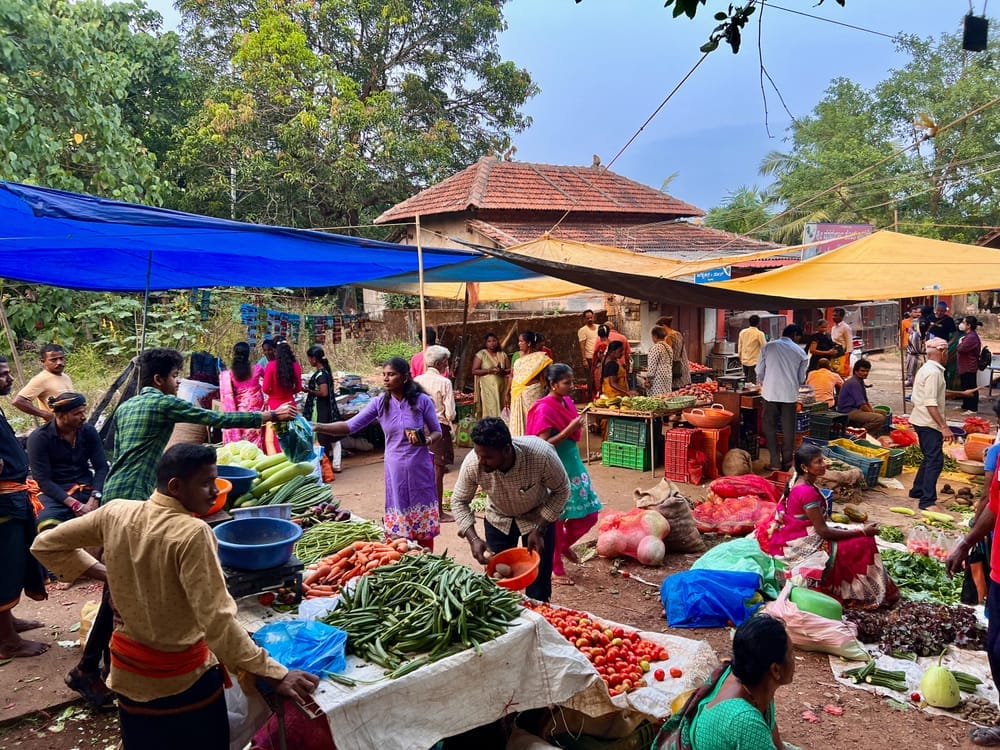
Markets can be set up anywhere because they come in so many forms – from open-air markets with booths and tables, to structured markets inside buildings dedicated specially for the purpose, to linear markets along streets. They can be set up along rivers, in squares, and in public buildings. They can be as small as a single cluster of booths or as large as a whole district. It is the flexibile and dynamic nature of markets that makes them so adaptable and able to fit any community. There is no community too big or too small to have a market.
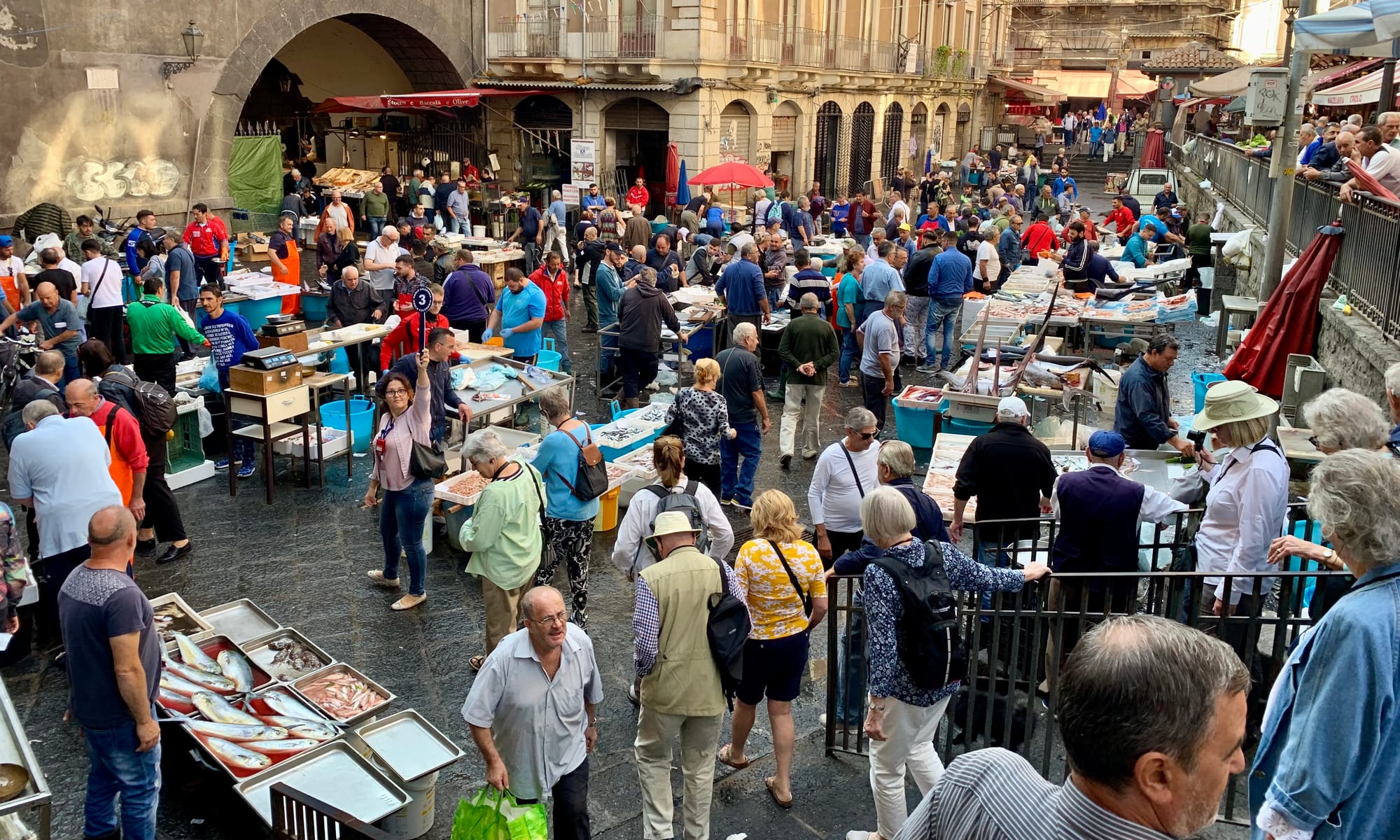
Catania, Italy Fish Market
What's more, markets are an economic driver in cities because they give small businesses essential opportunities to grow. In markets, small businesses can display their goods in exchange for very low rent and overhead in order to grow their customer base. Eventually, as their wares gain popularity, they can invest in something more fixed and permanent like a brick and mortar store. But having a presence at a market is an important first step on the ladder toward success and to establish their footing in the commercial landscape.
Markets are also engines for community development. The interactions between local vendors and residents strengthens the bonds between these members of the community. The vendors earn money while the buyers gain value. Since everybody wins, there is a positive atmosphere of mutual benefit, gratitude, and pride fostered which extends into the community even after the market hours end.
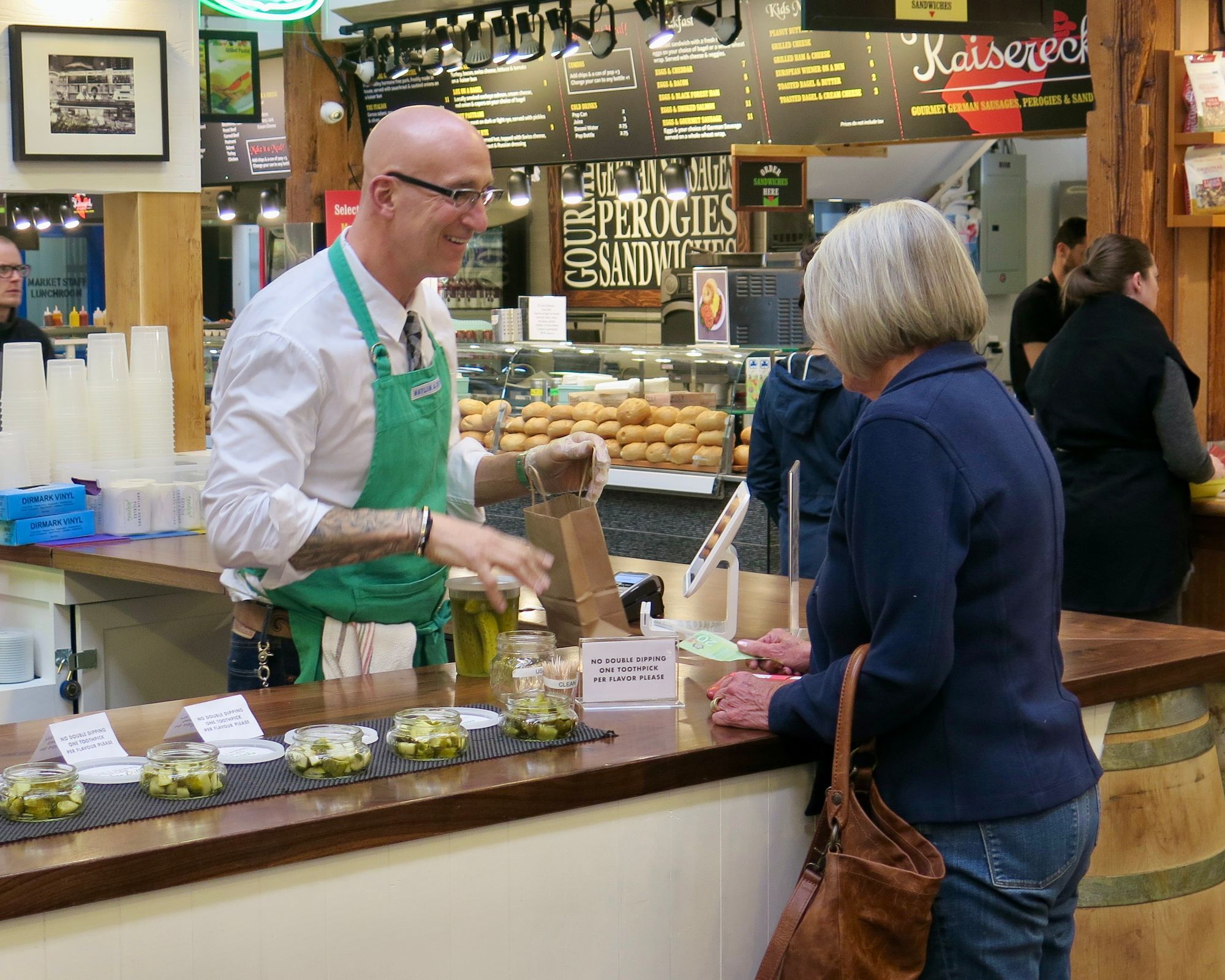
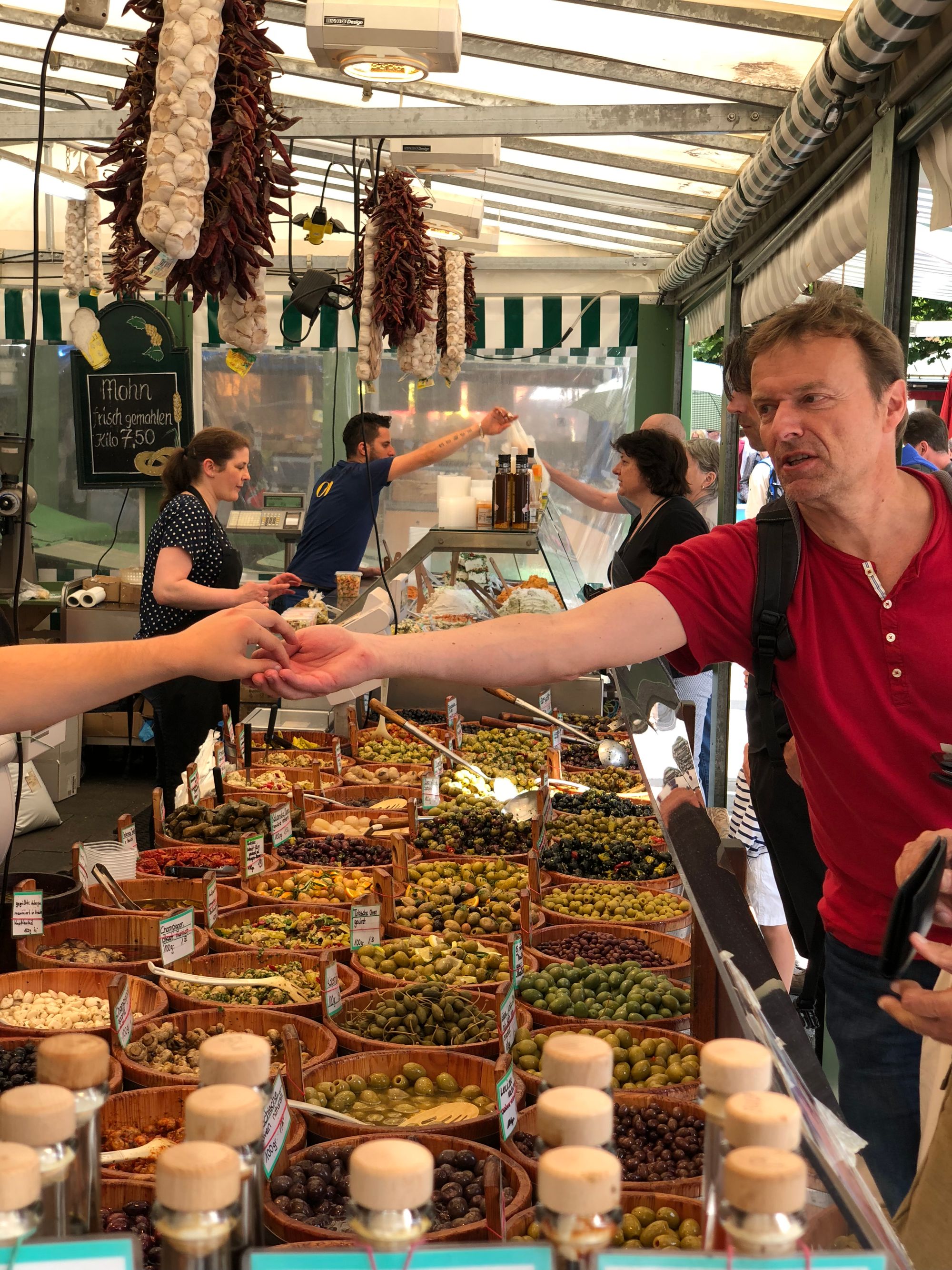
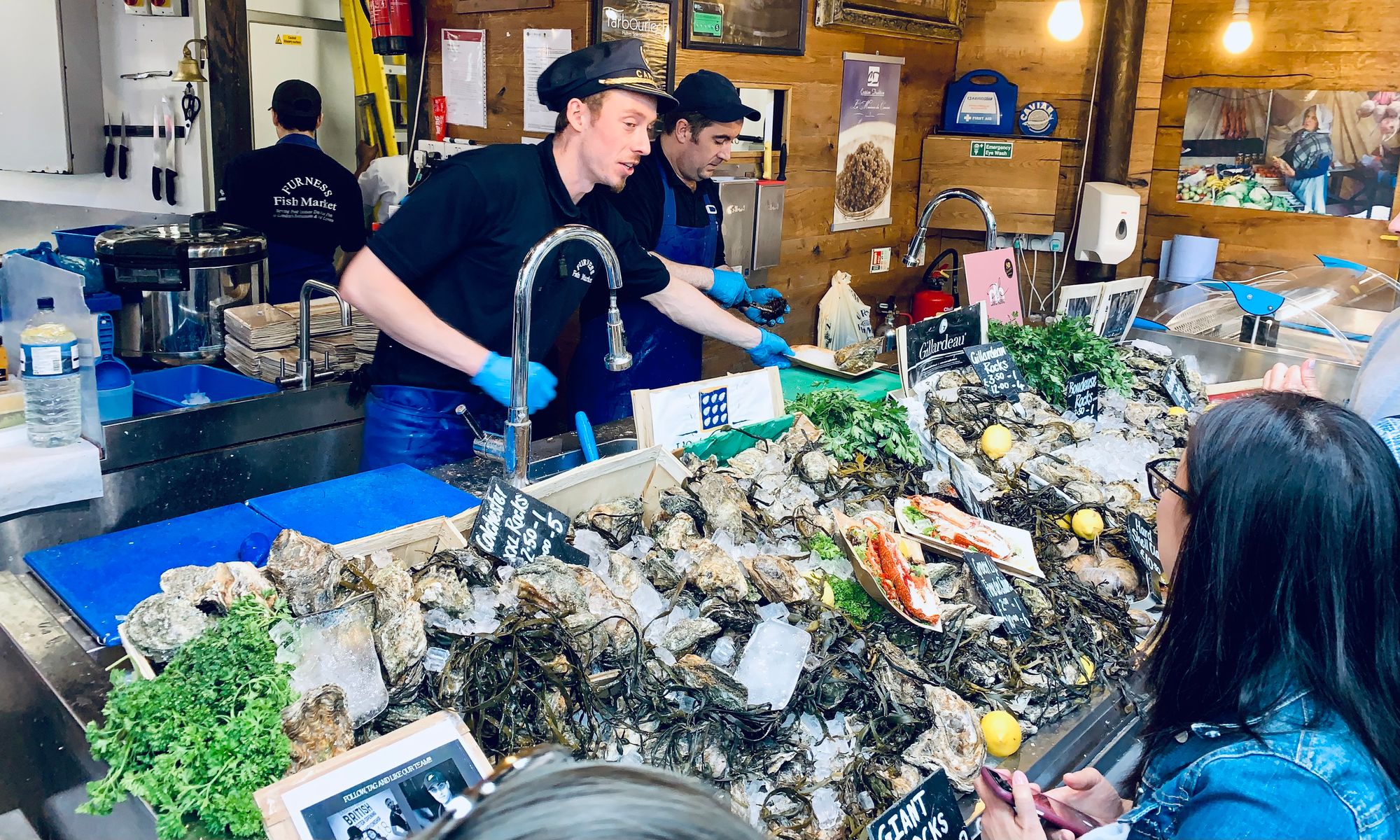
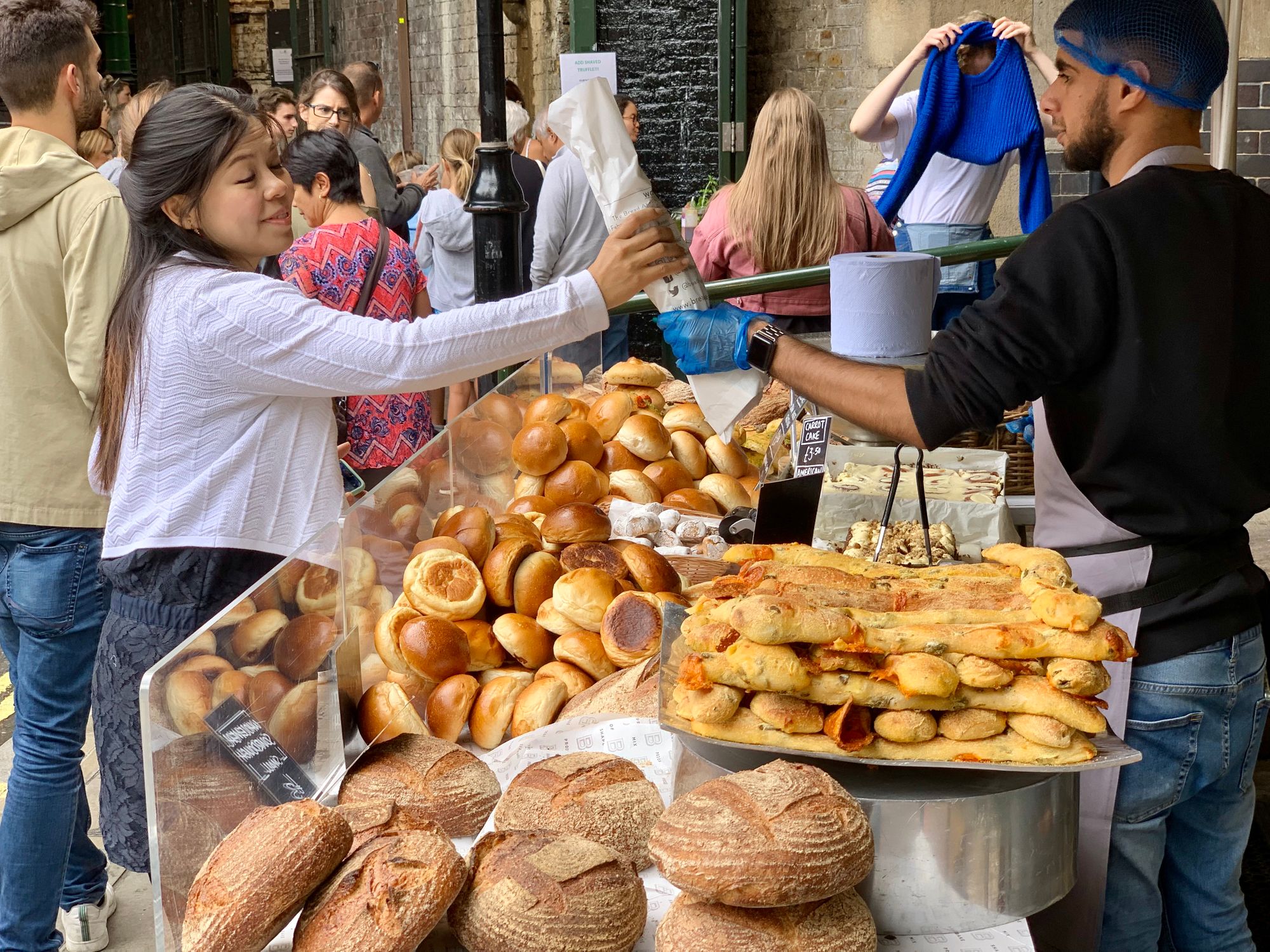
People often visit the market for the social component. The energy is so vibrant and intense as people barter, discuss goods, sample new things, and engage in all manner of connection with kind strangers that people are drawn to the market for these experiences alone. Once there, surrounded by a countless array of attractive goods, they are often tempted to buy something, especially when a friendly vendor convinces them how good of an idea doing so would be. In this way, the social appeal enhances the commercial success of the market.
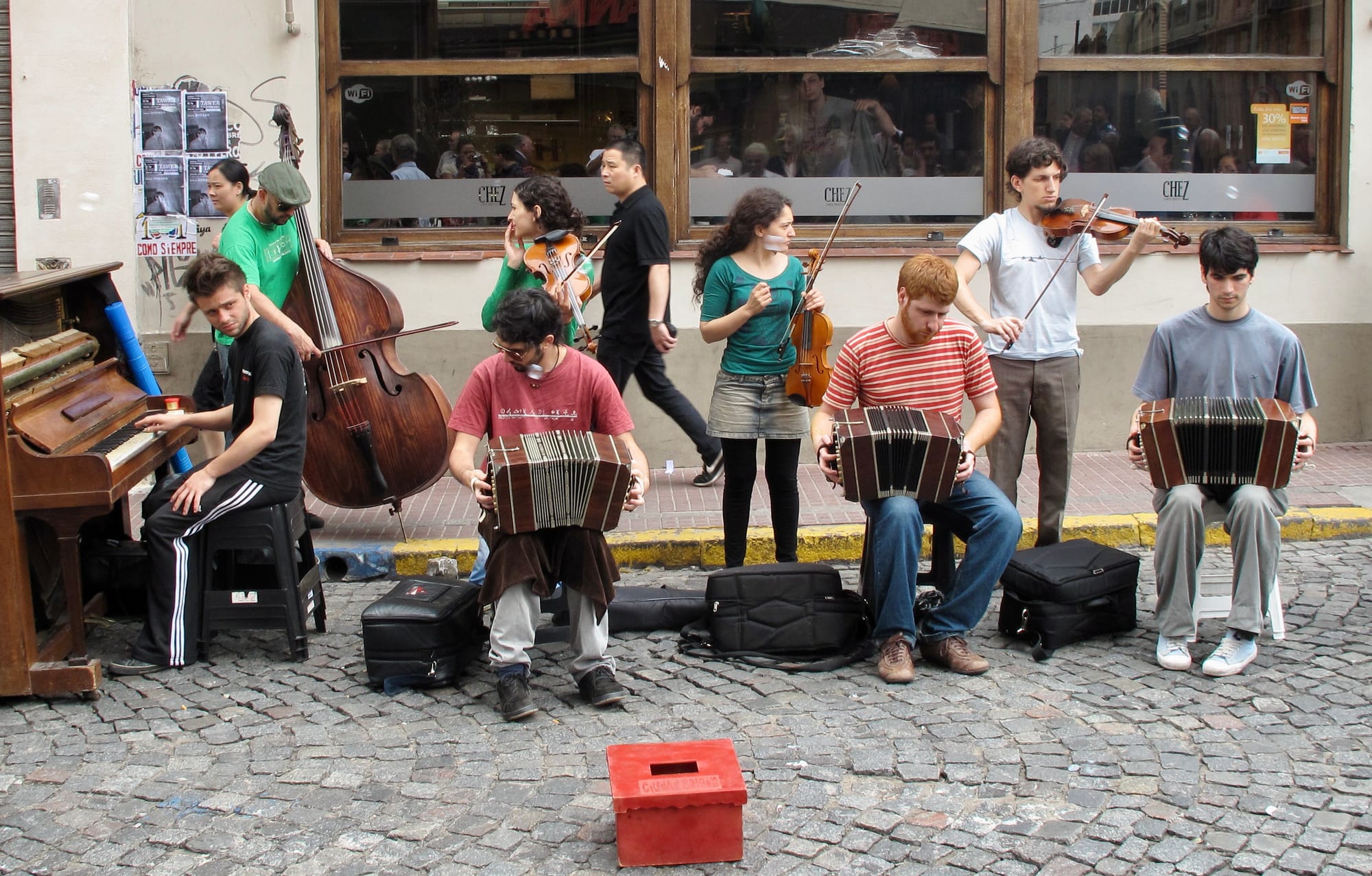
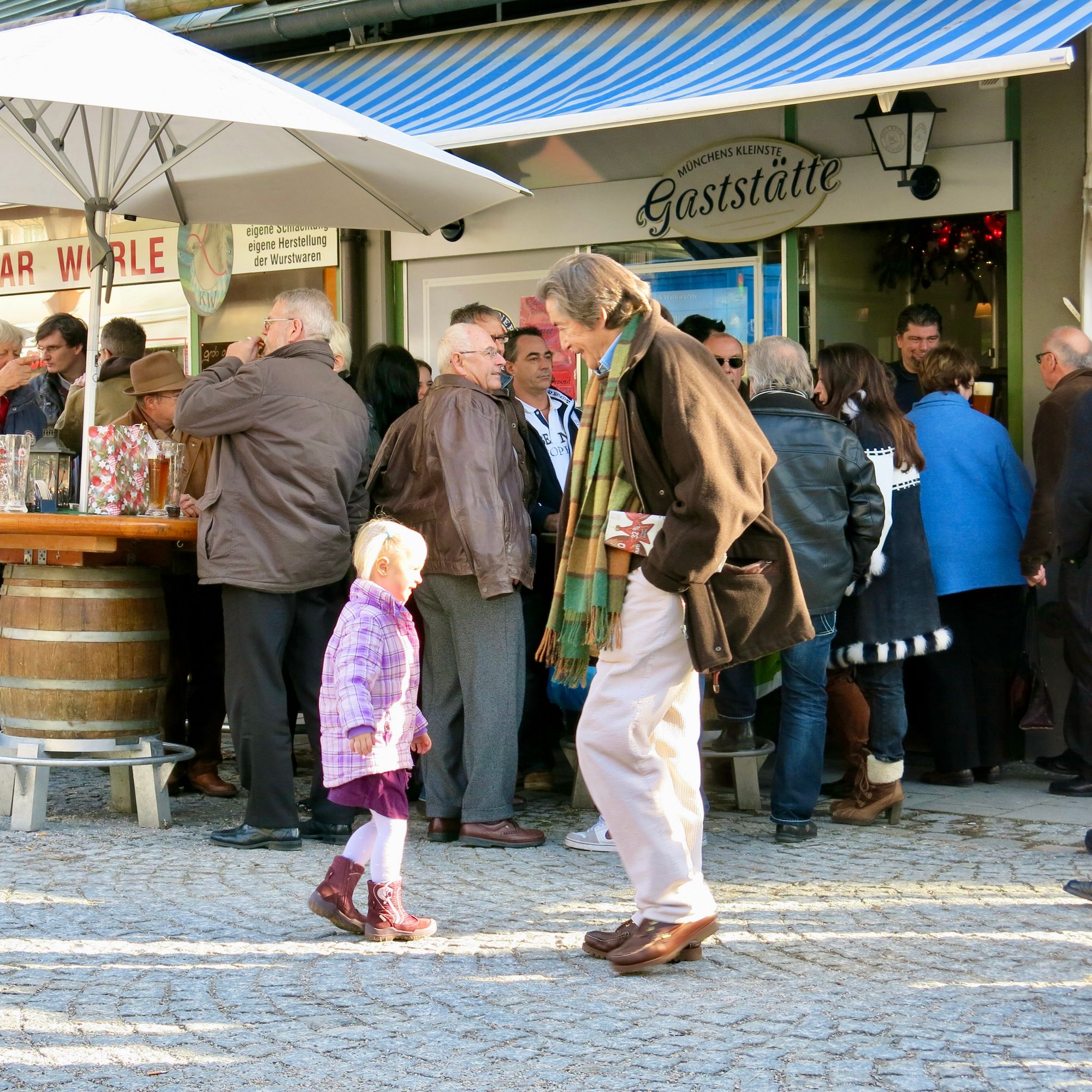
Since markets are such important components of urban life, we have written much about them. Below you will find our top articles on markets of all shapes and sizes.
Big Markets
1) Victual Market, Munich
Viktualienmarkt in Munich, Germany shows the versatility and staying power of a market that is interwoven with a city's major public spaces. These spaces act as anchors for the market that stretches within and between them, creating a thriving public life.
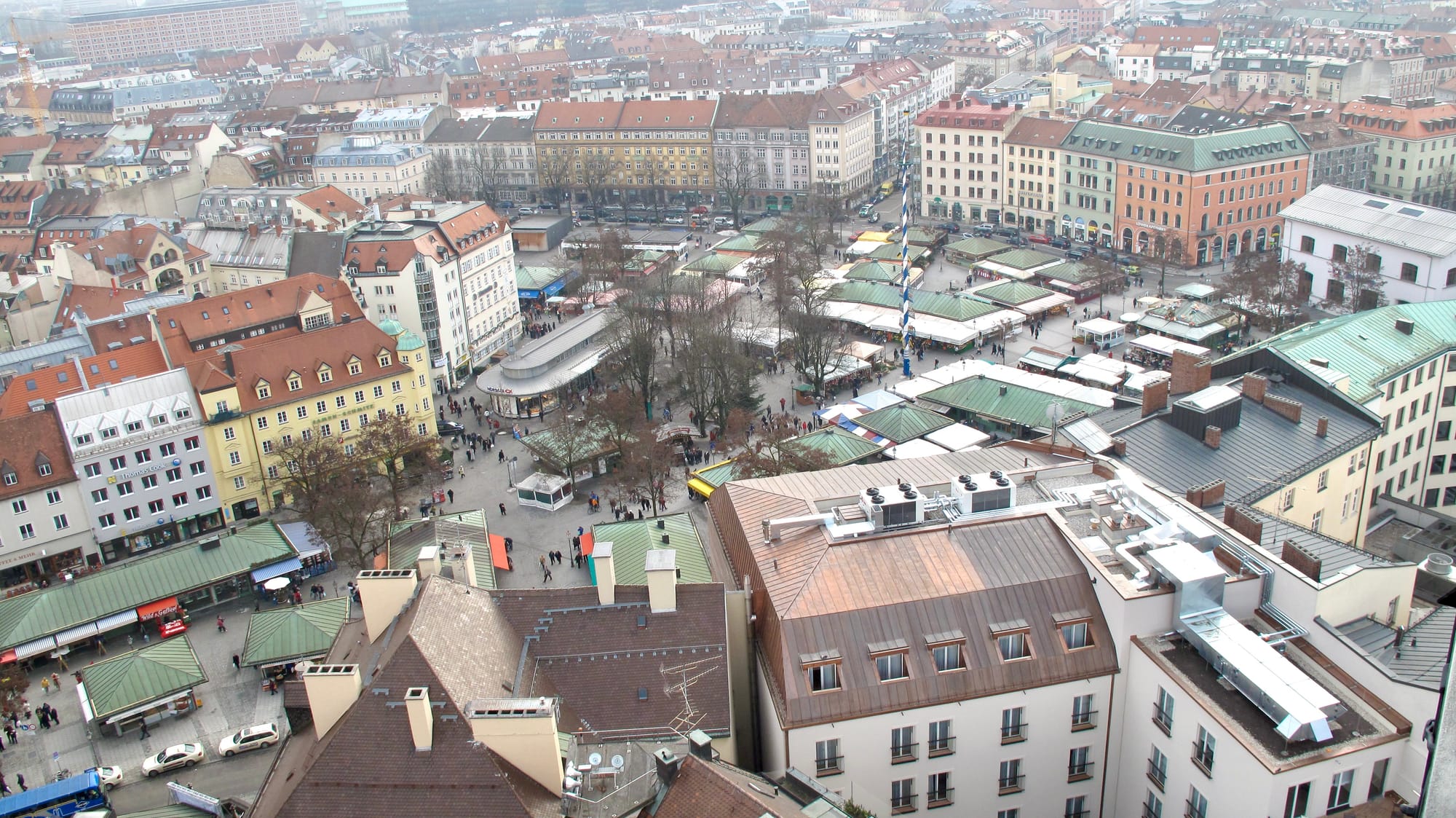
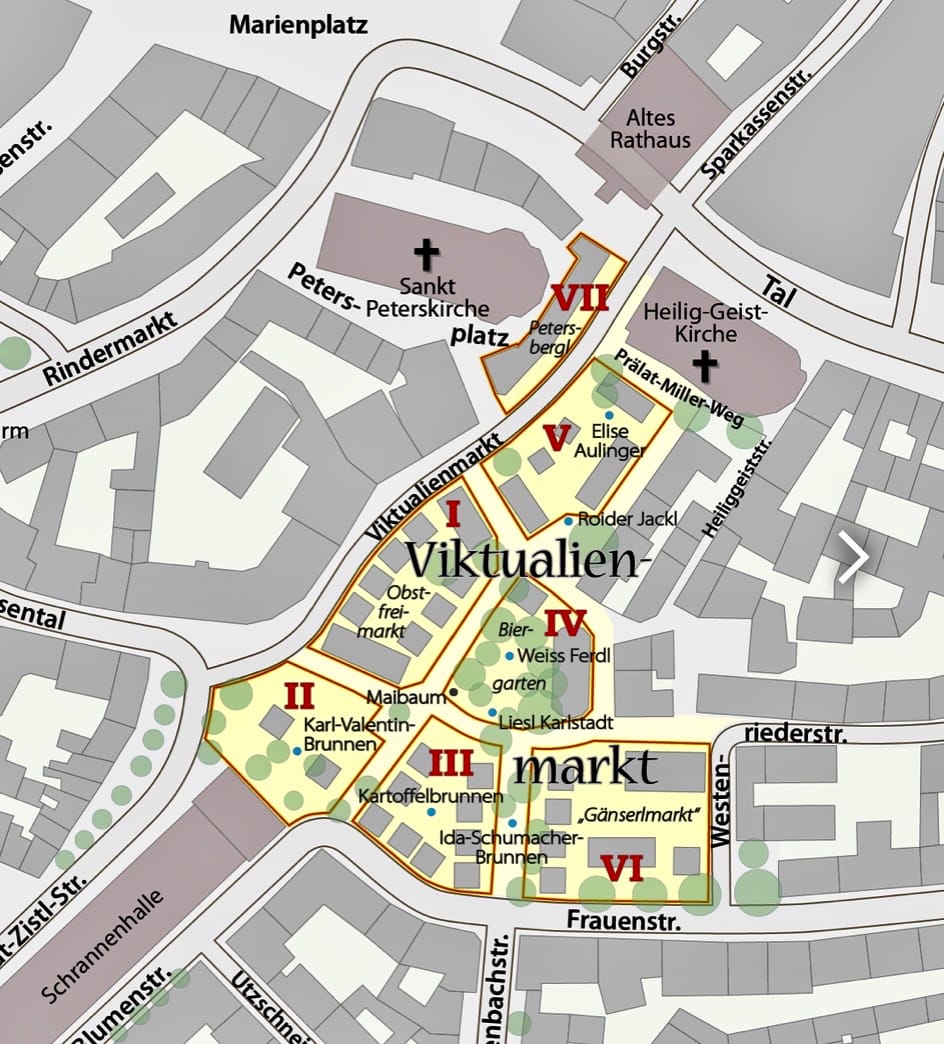
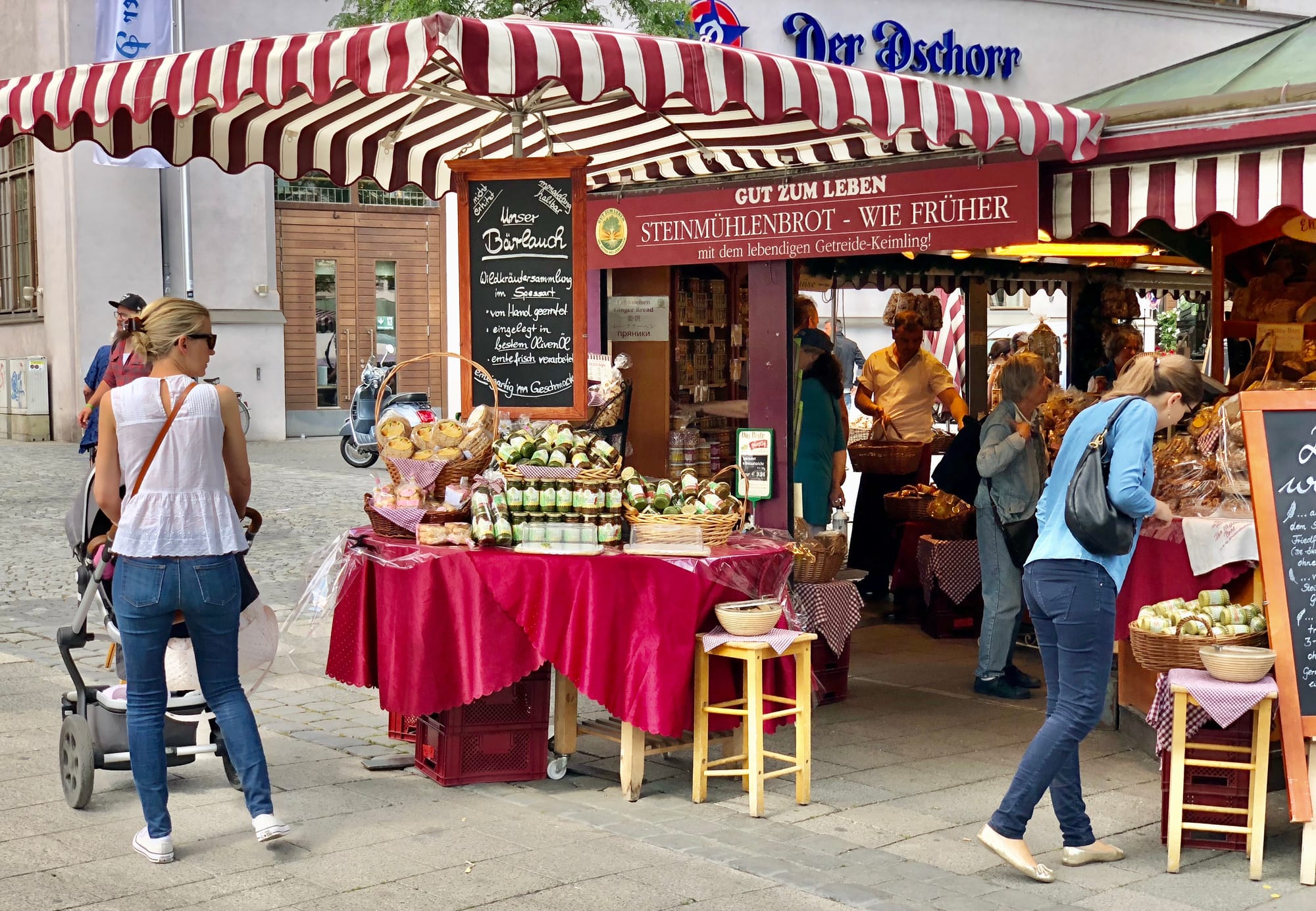
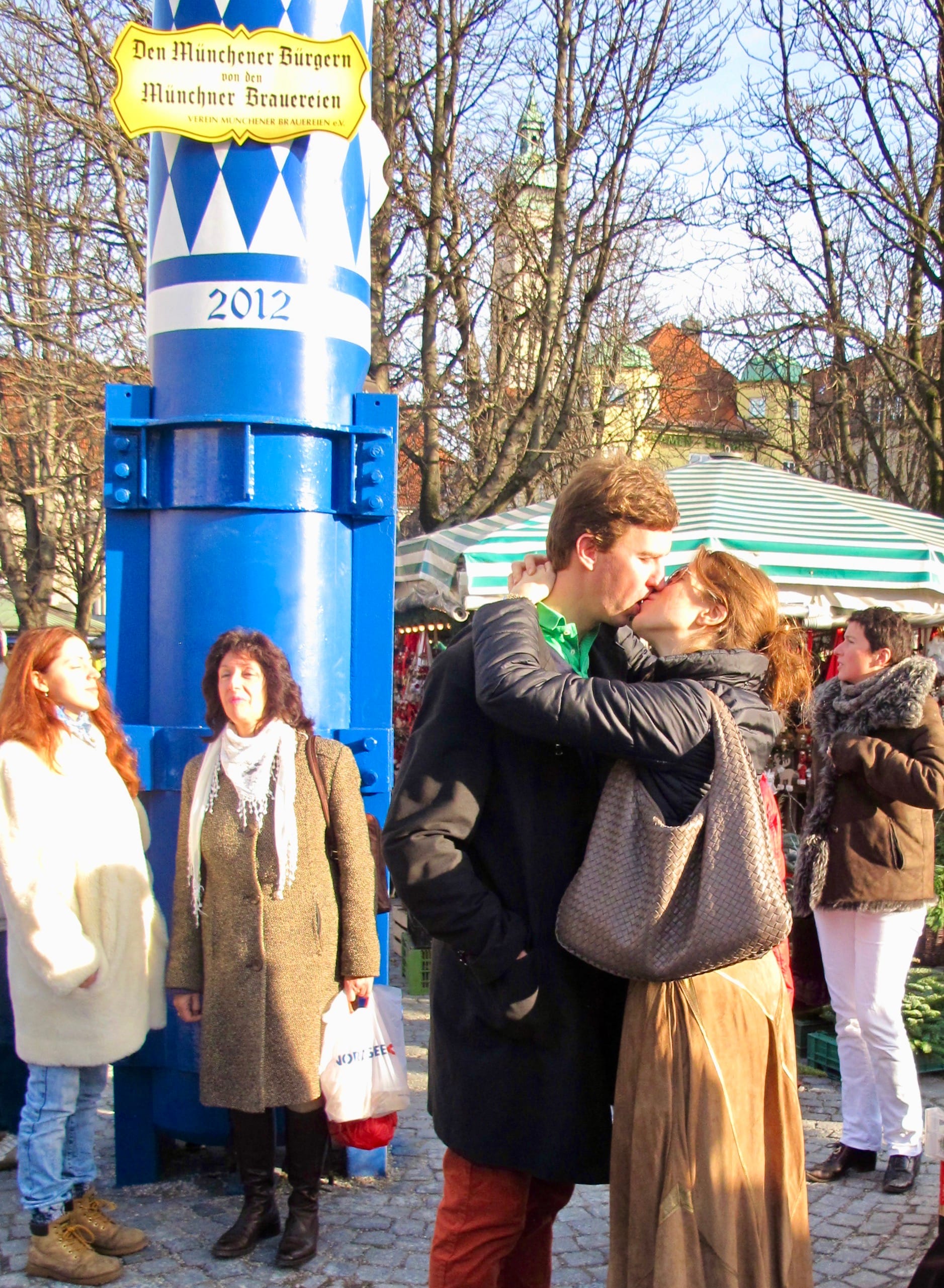
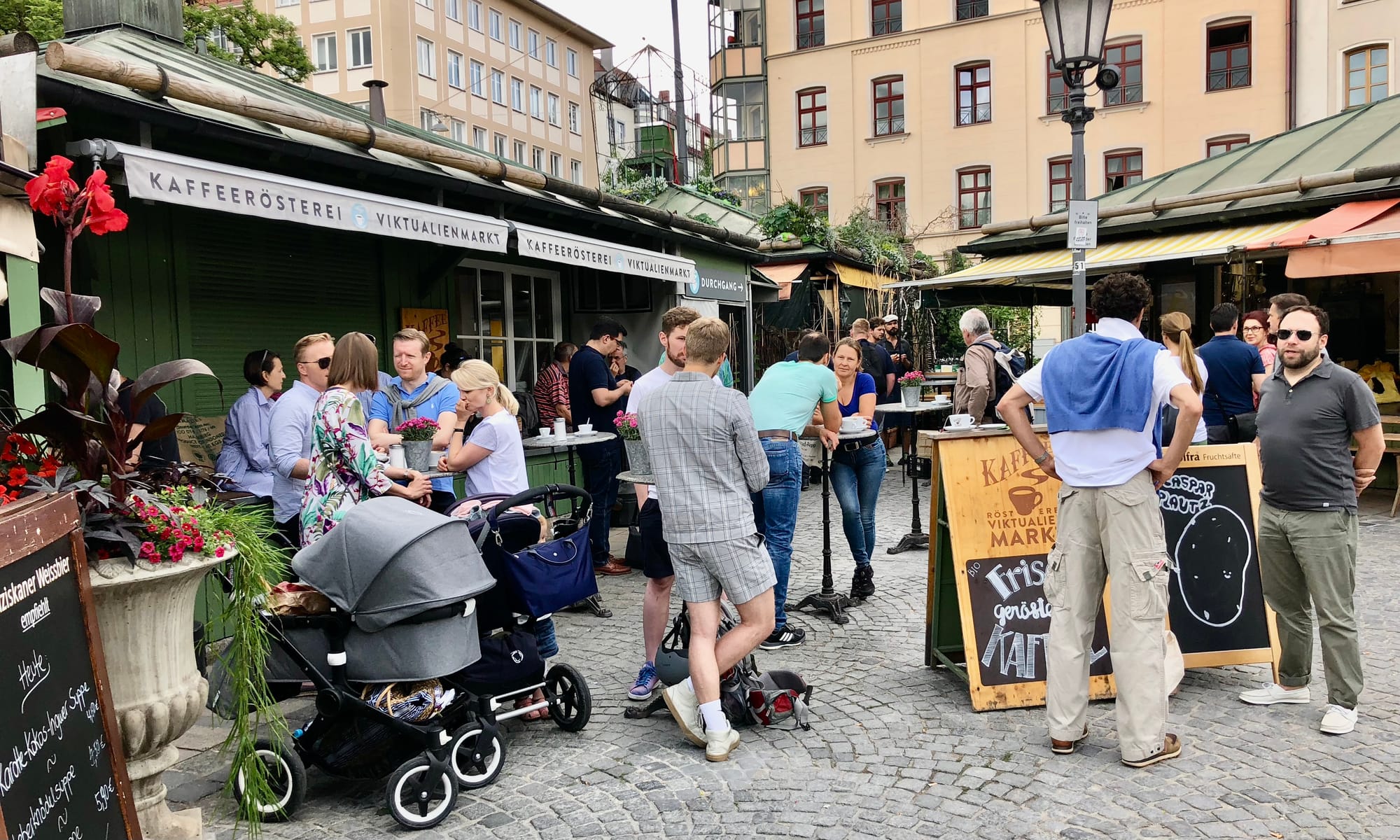
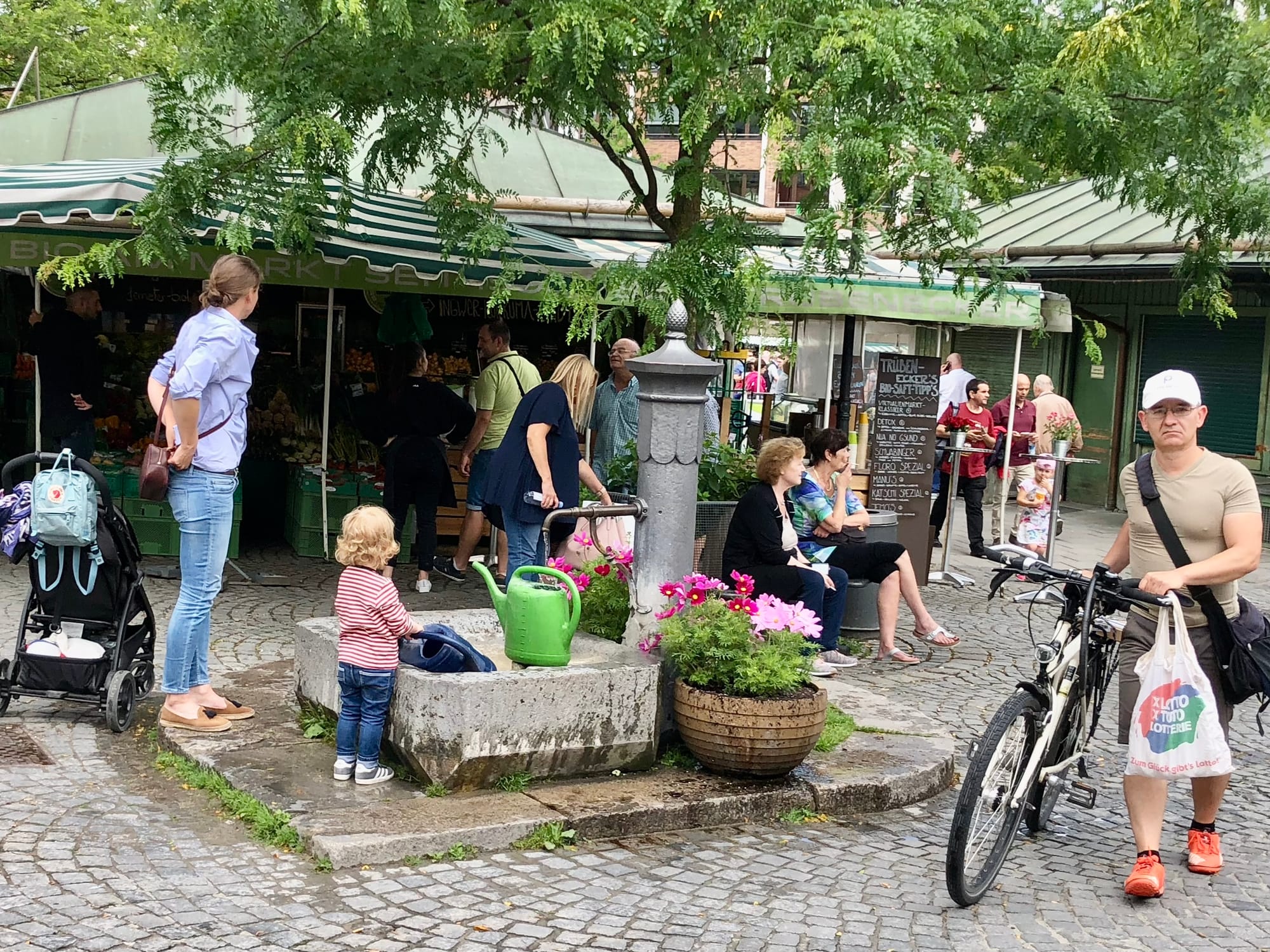
Viktualienmarkt, Munich Germany
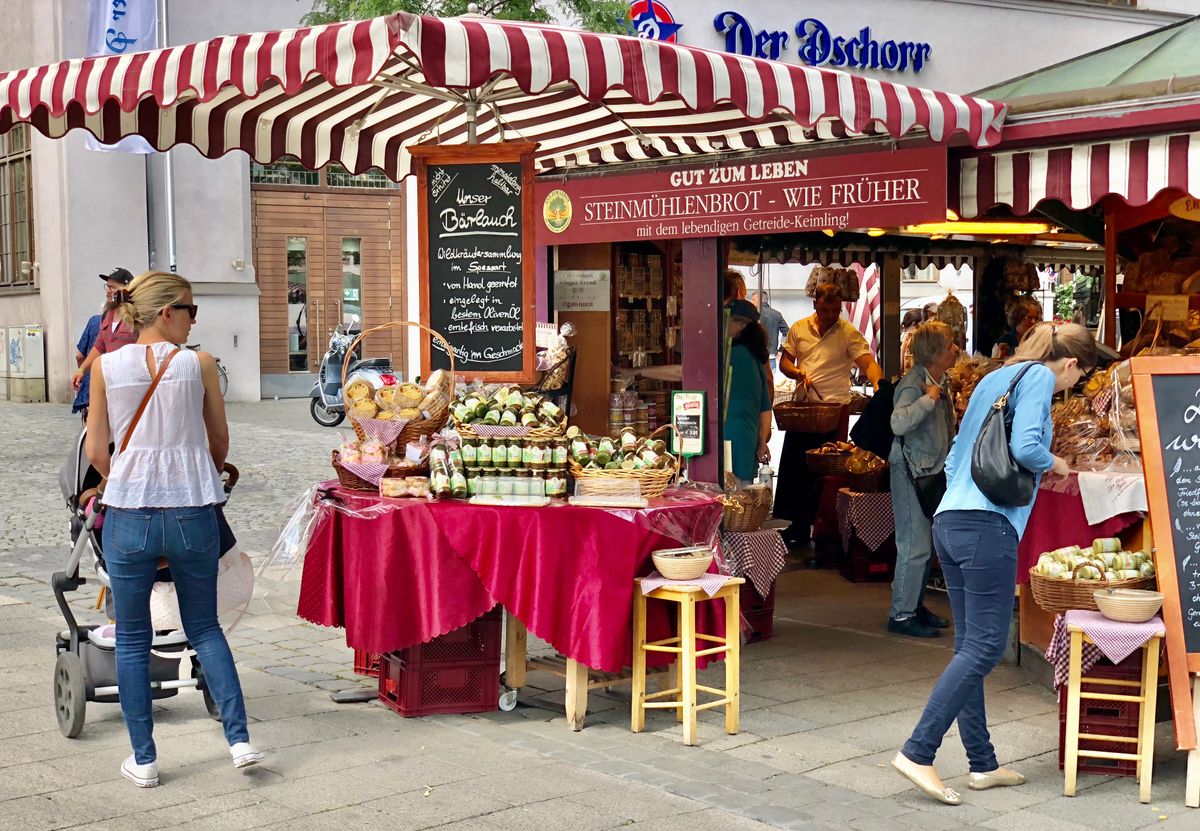
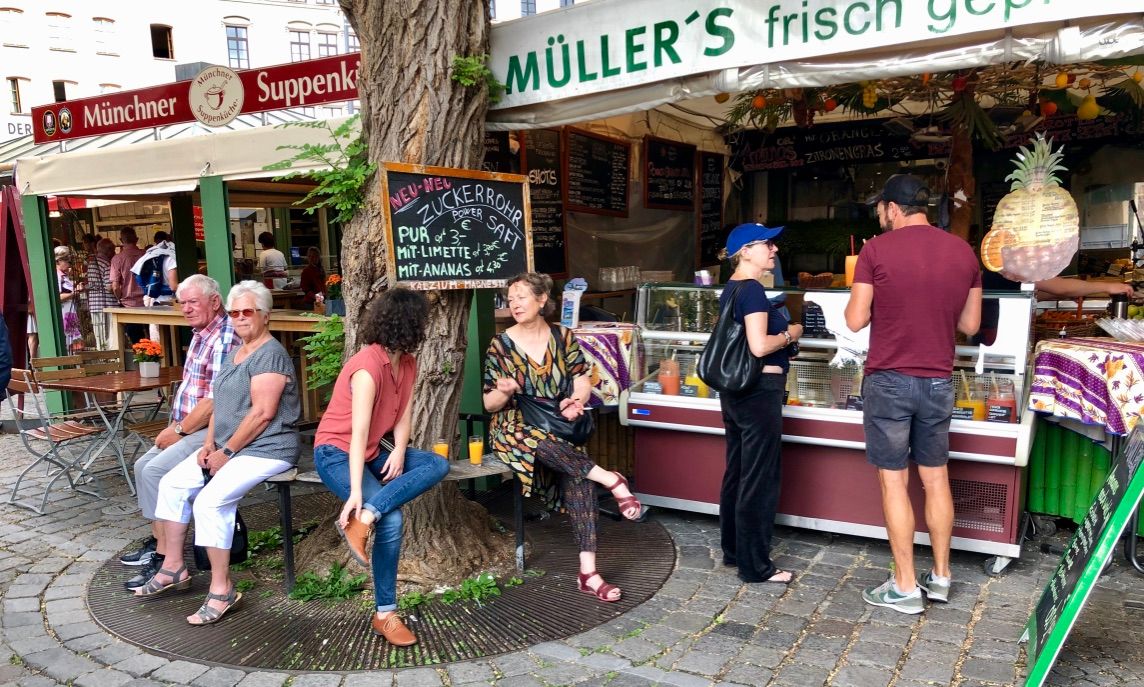
2) Pike Place Market, Seattle
Pike Place is an amazing example of a structured market on multiple levels. Its numerous floors and branches dedicated to foods, crafts, eateries, and all manner of other goods together create a never-boring multi-layered experience for locals and visitors alike.
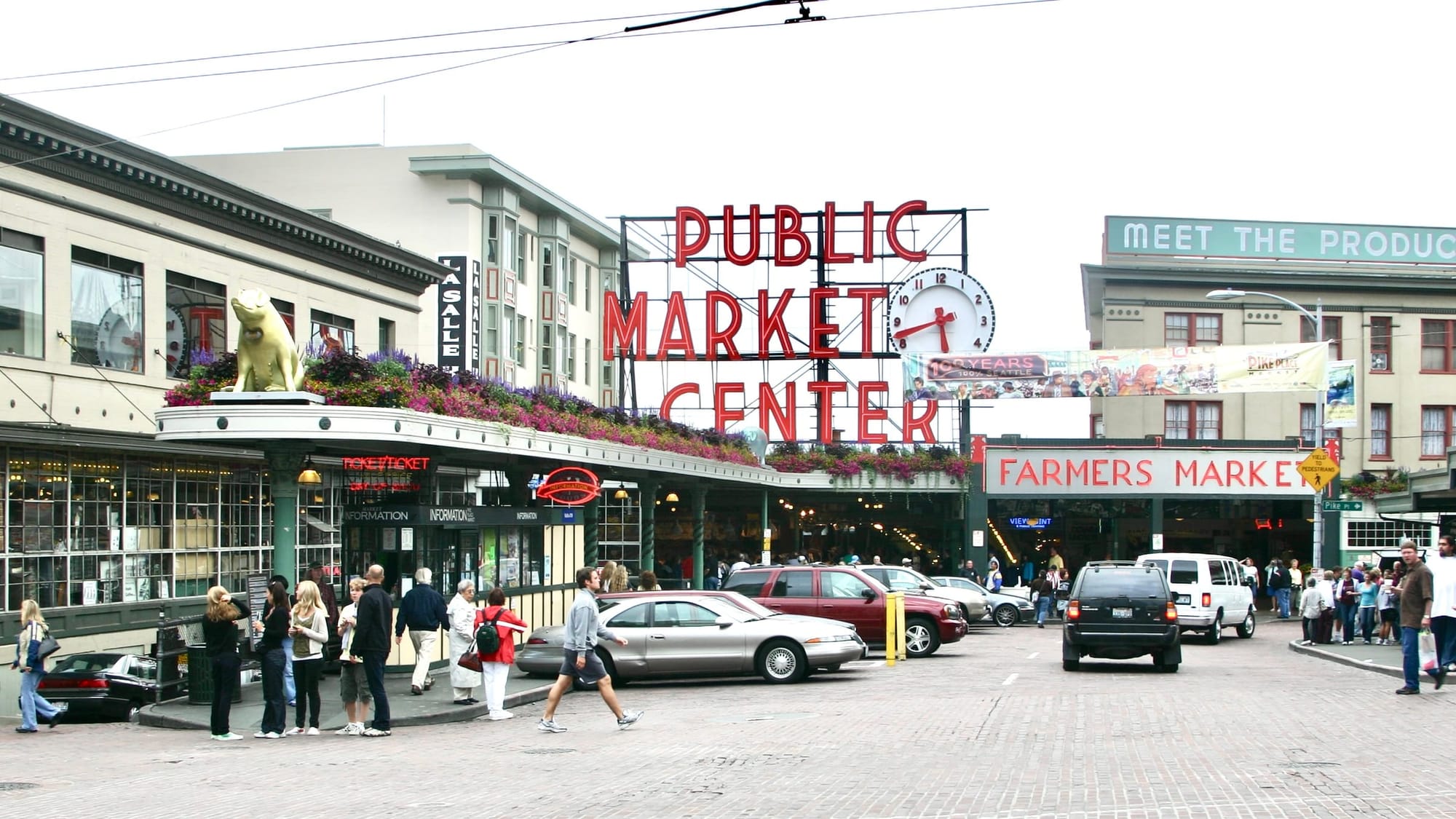
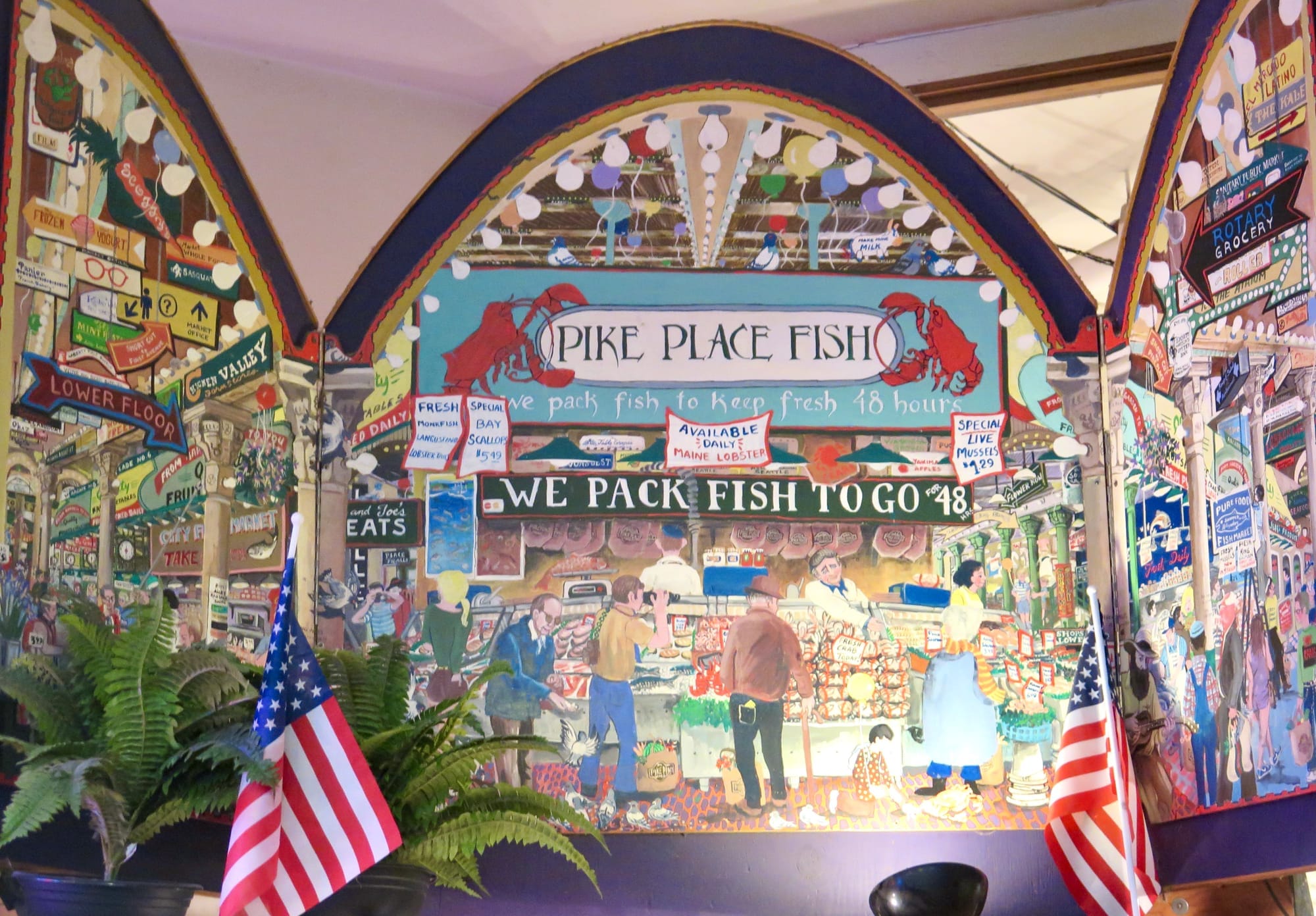
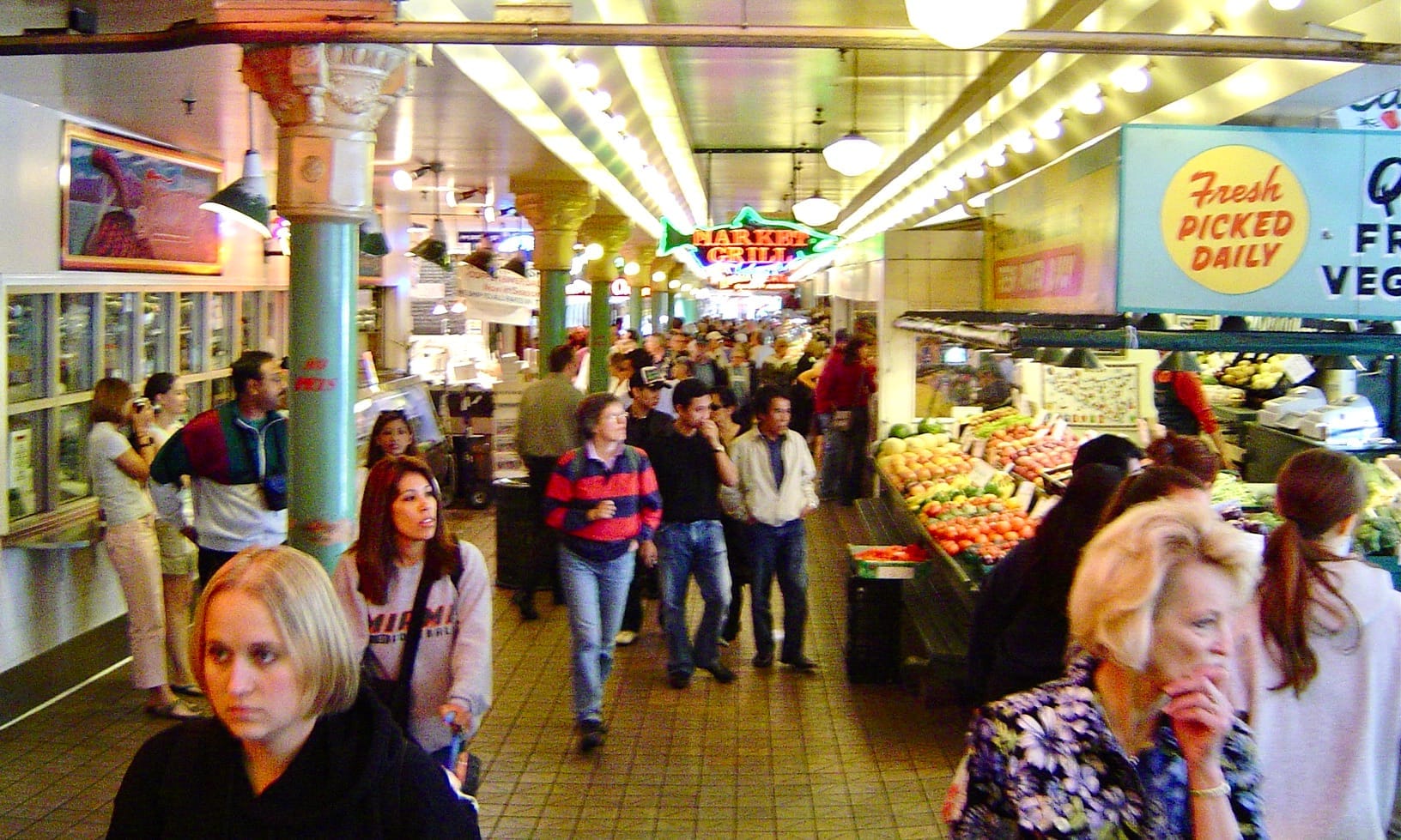

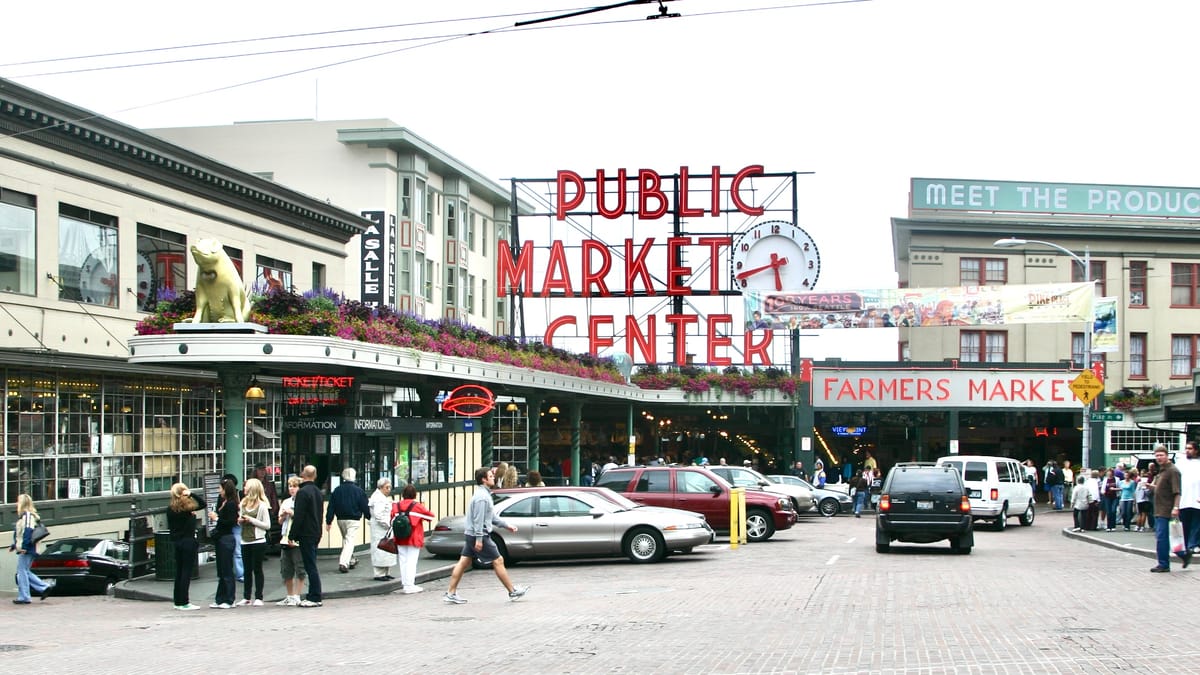
3) Borough Market, London
Borough Market is an expansive market that has been enriching London's South Bank for centuries. Its elegant main hall is a landmark in its own right with its high arched ceilings and iconic green palette. From this central hall branch extensions in all directions, offering countless options of fresh and cooked foods, both to take away and eat in.
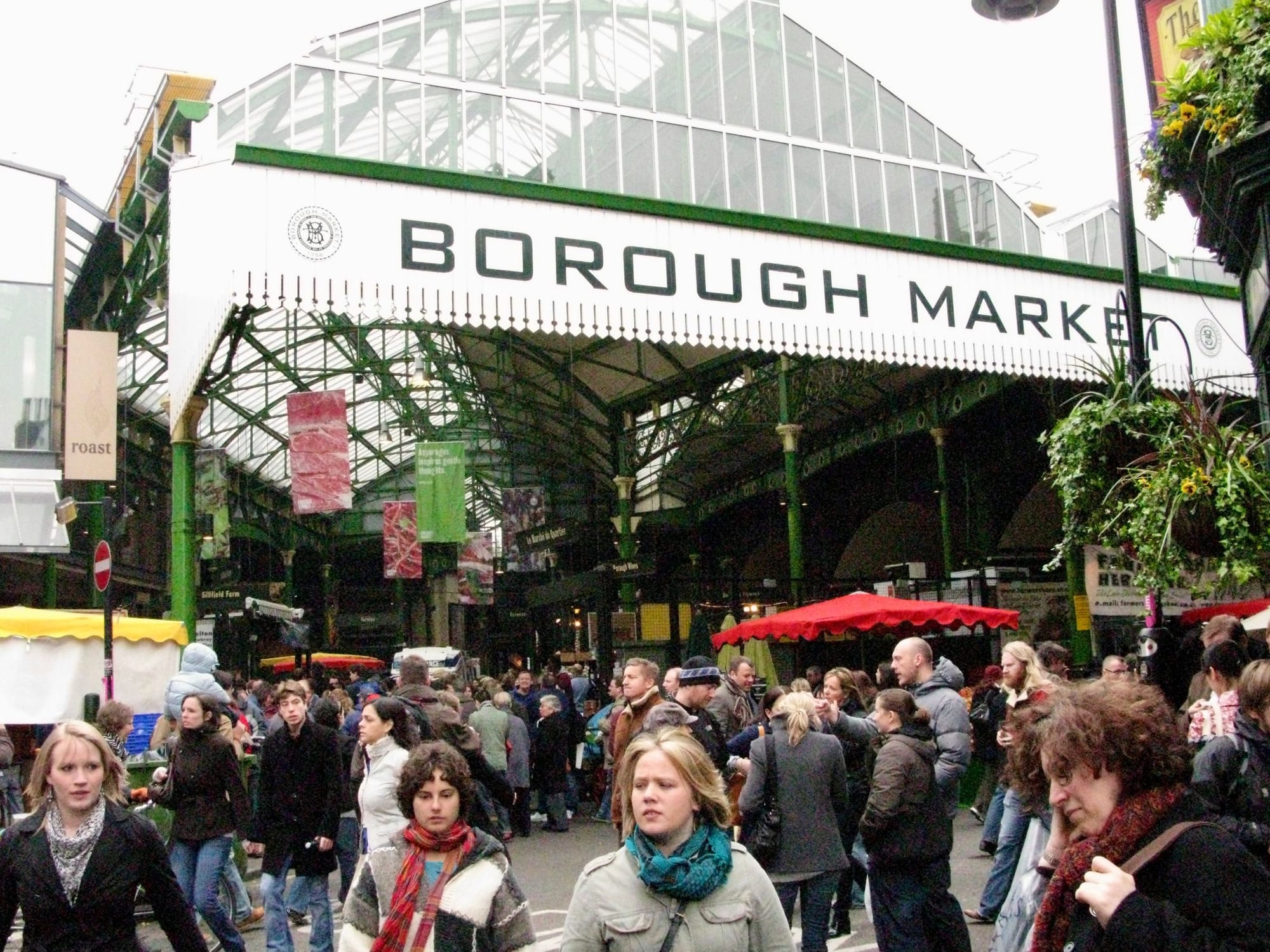
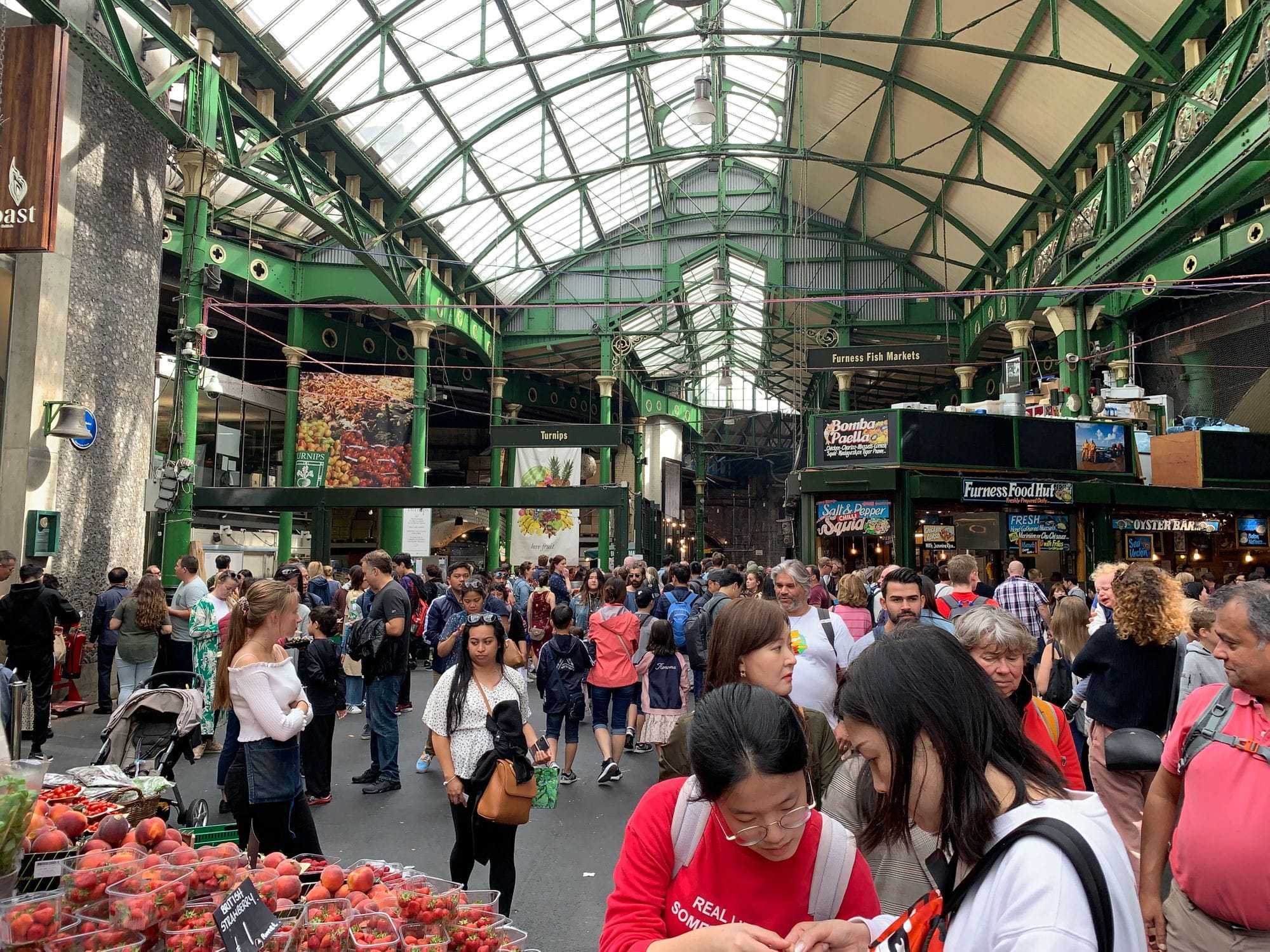
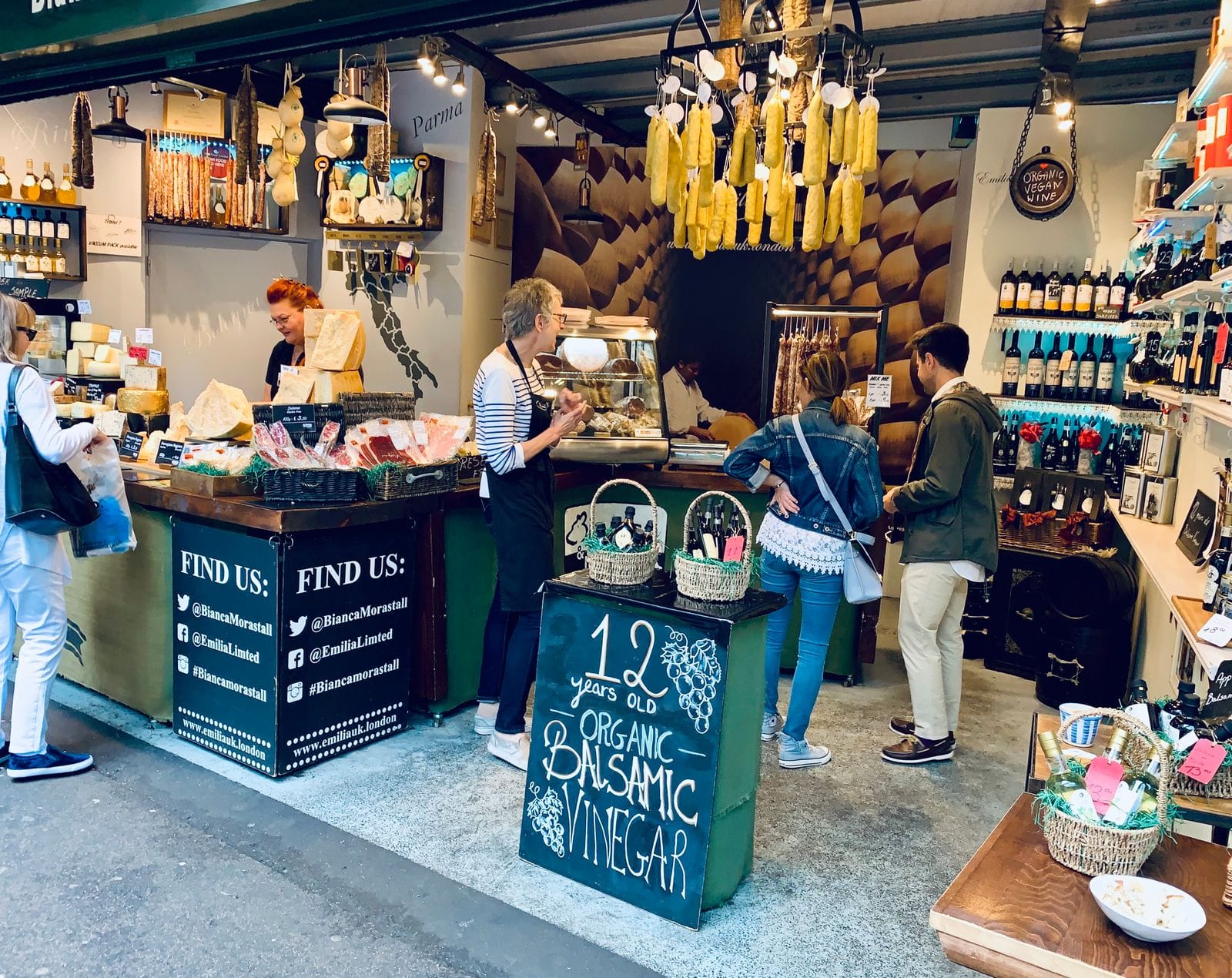
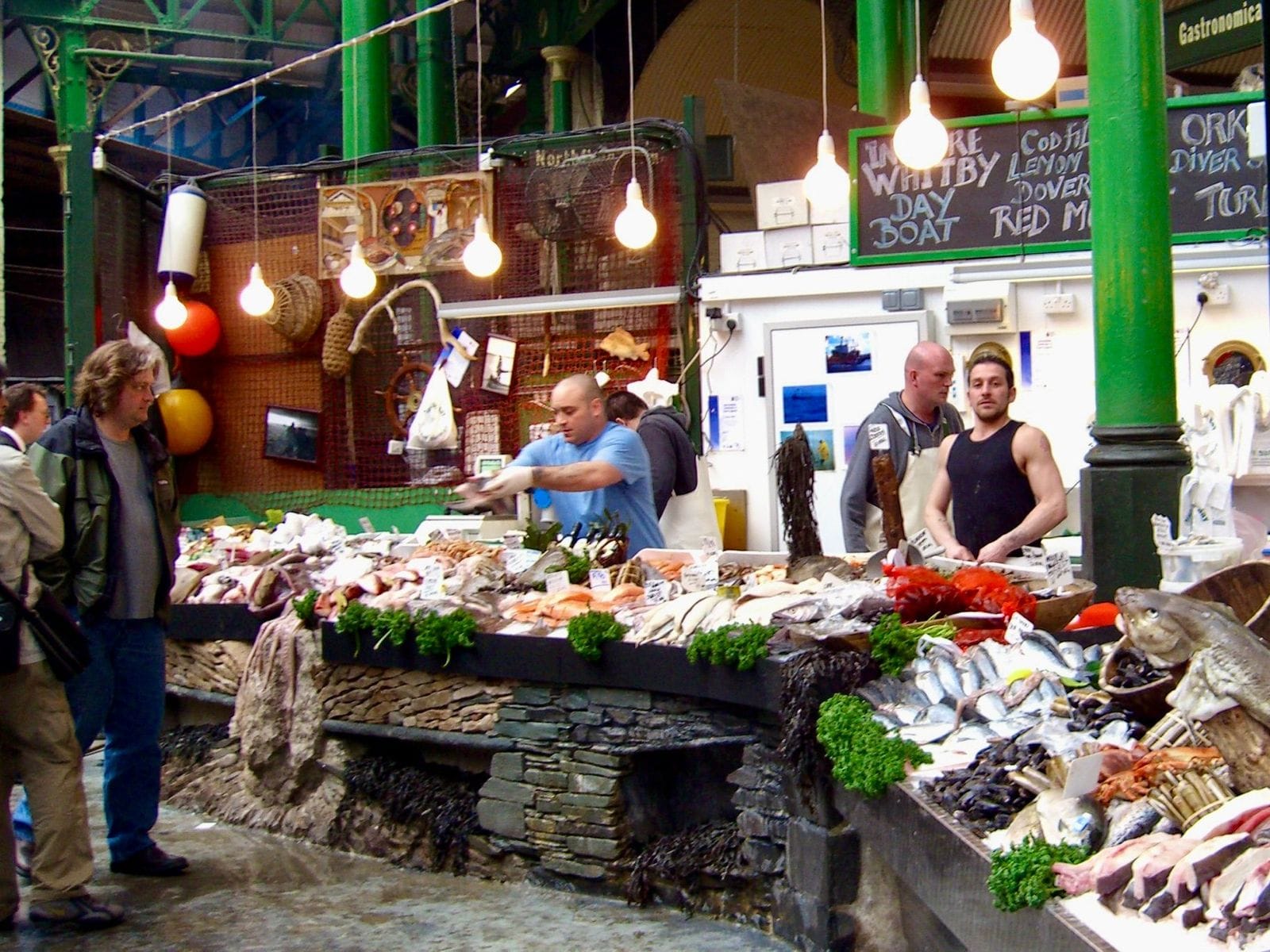
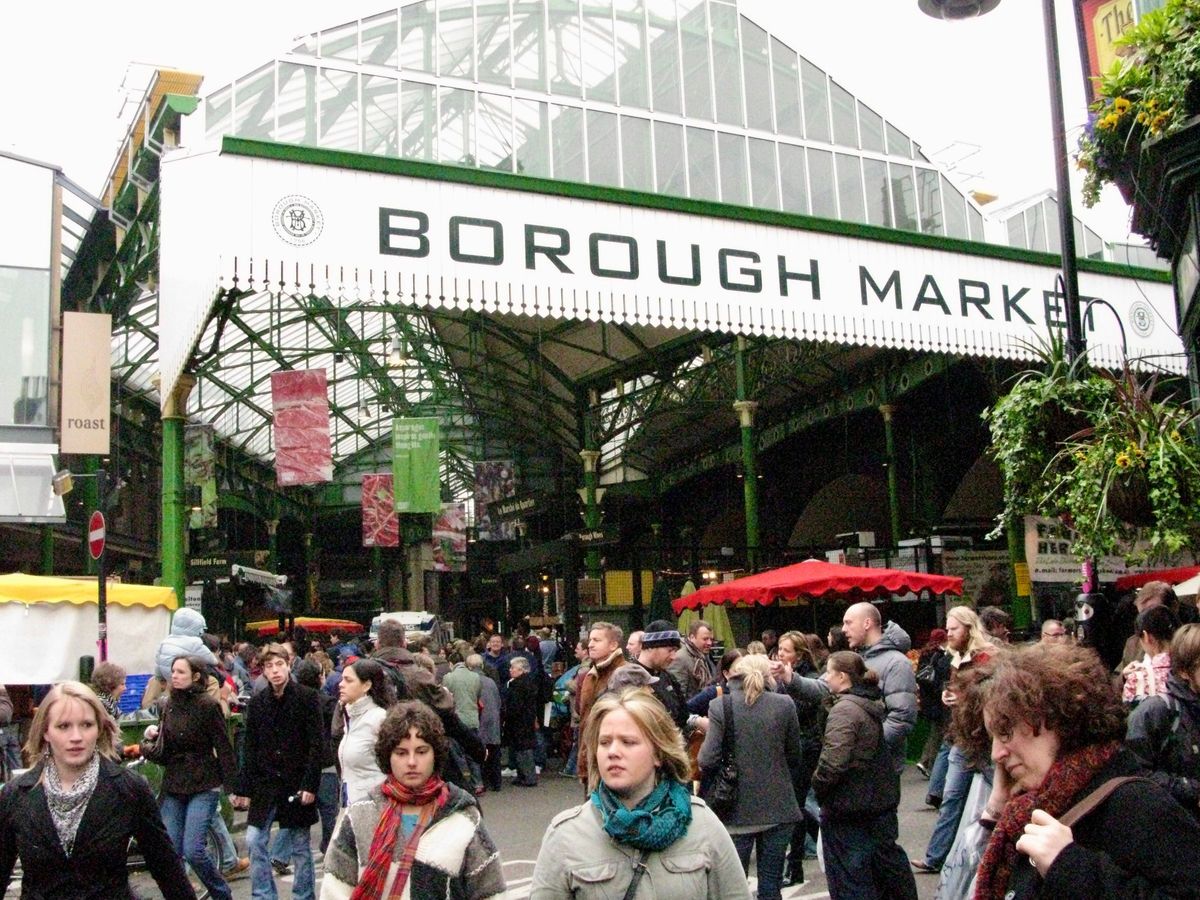
Mid-Sized Markets
1) Bryant Park, New York City
Bryant Park is located in the heart of Midtown Manhattan and is renowned for its dynamic design and numerous programs which draw in millions of people year-round. The holiday market at Bryant Park is a focal point of New York's winter celebrations with its charming green booths surrounding the large ice rink and Chirstmas trees.
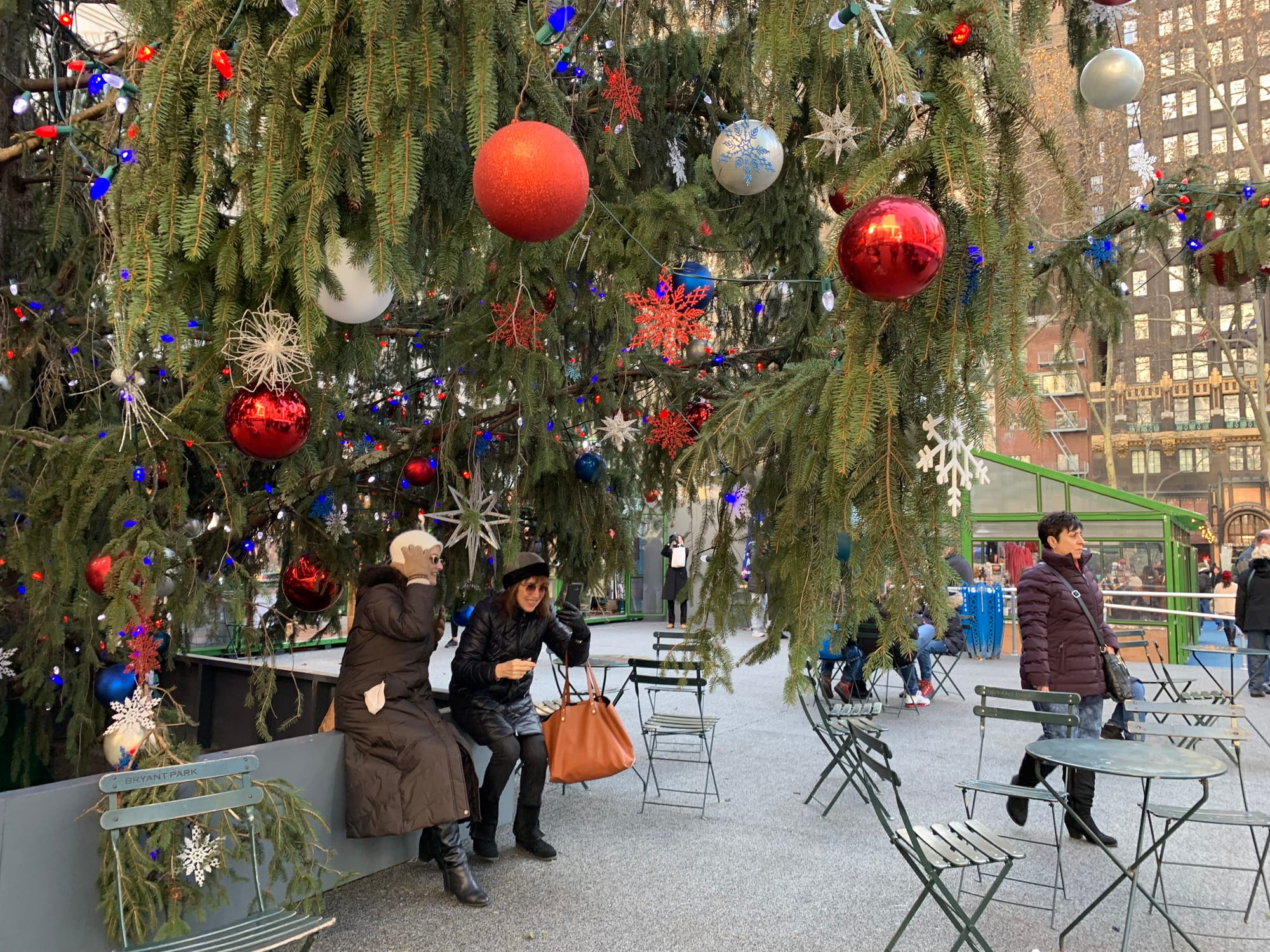
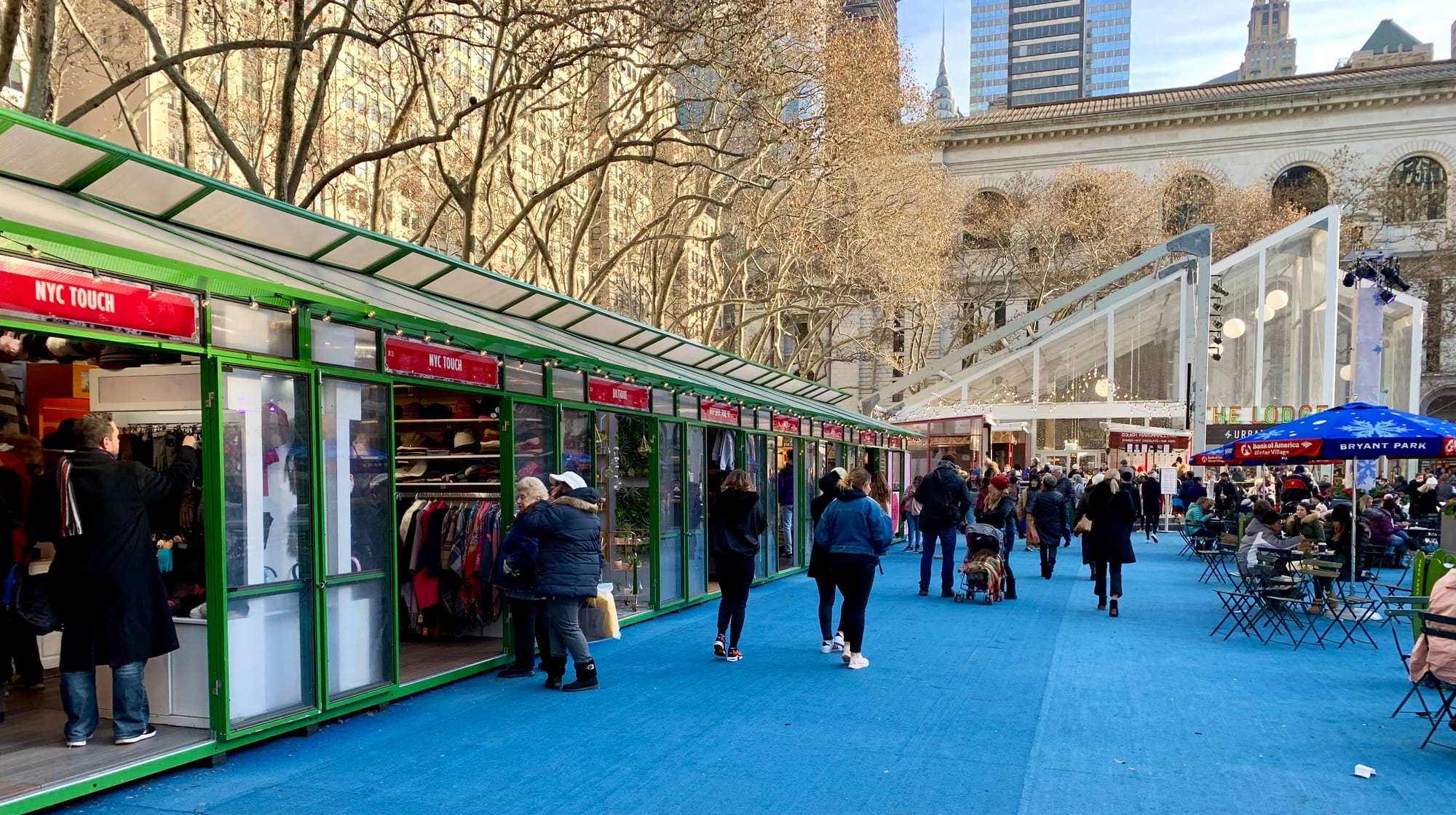
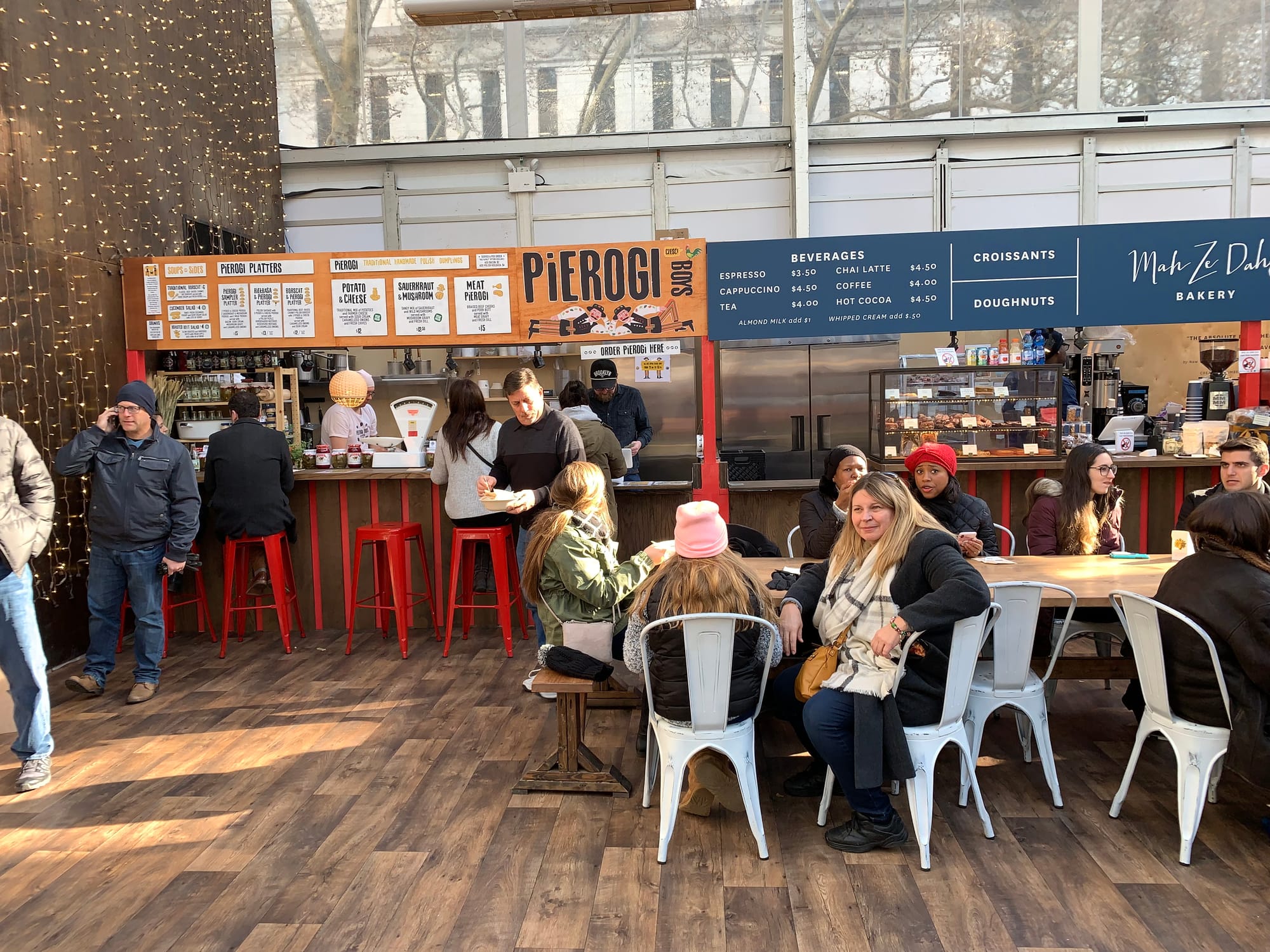
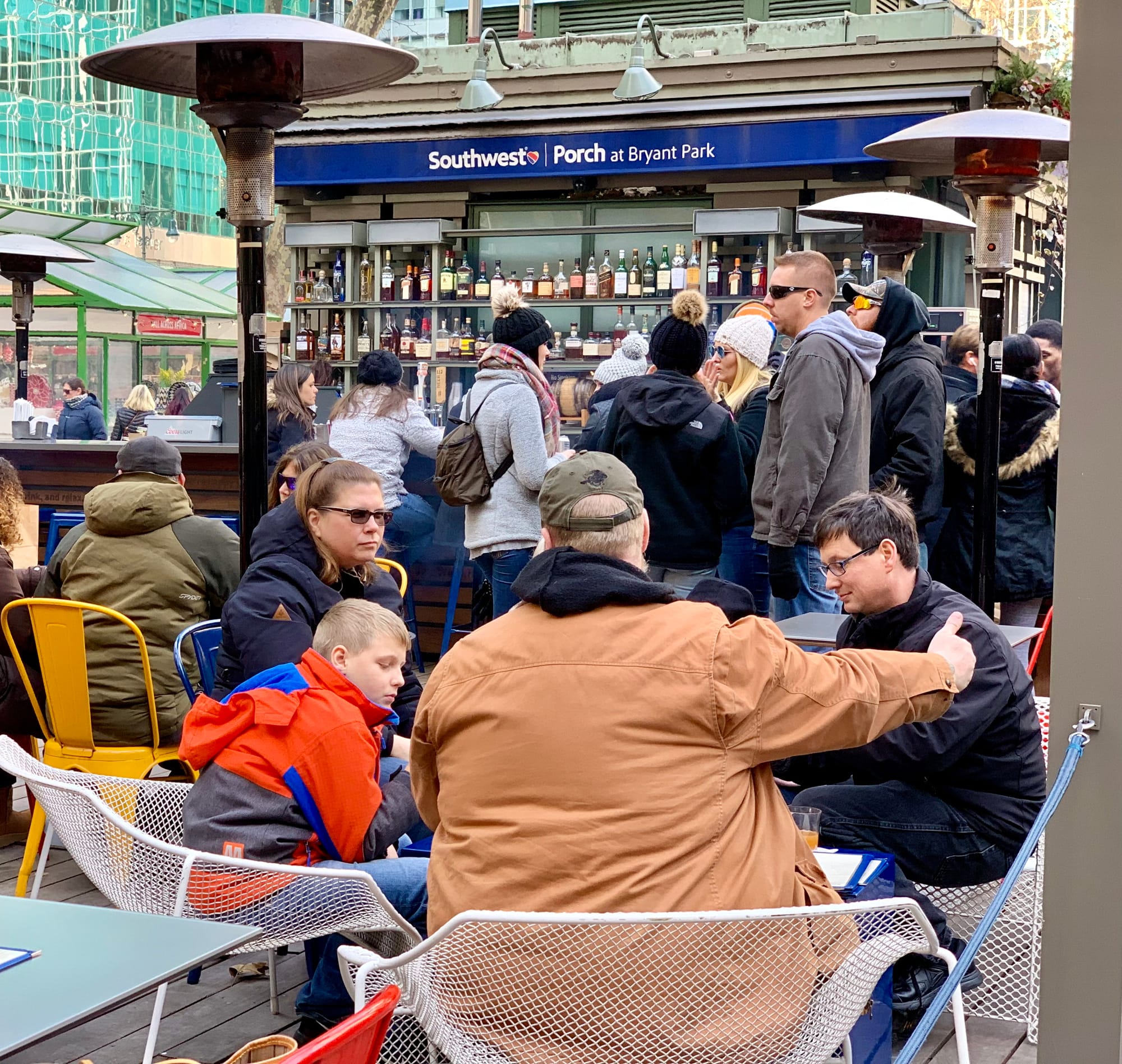
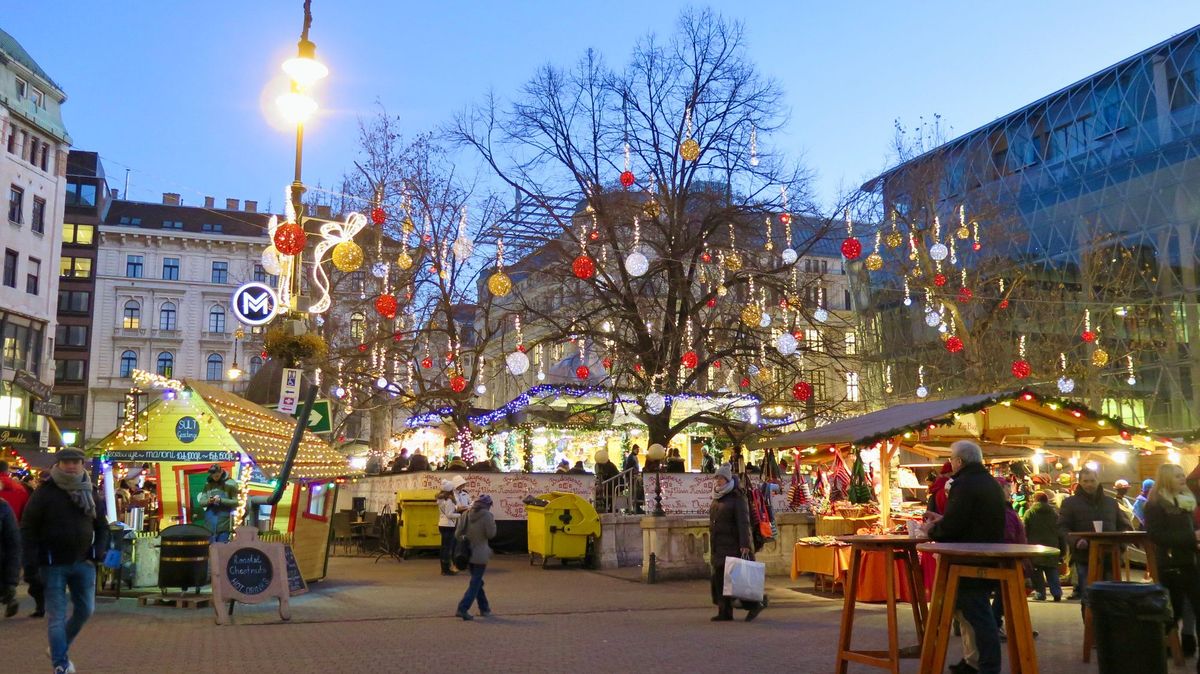
2) Ithaca Farmer's Market
Ithaca's Farmer's Market is unique because of its vertical design that makes it feel like an enclosed main street. We even talk about it in those terms, calling it the "main street of the future." Its location by the water and its various outdoor spaces enhance its appeal as a heart of community life.
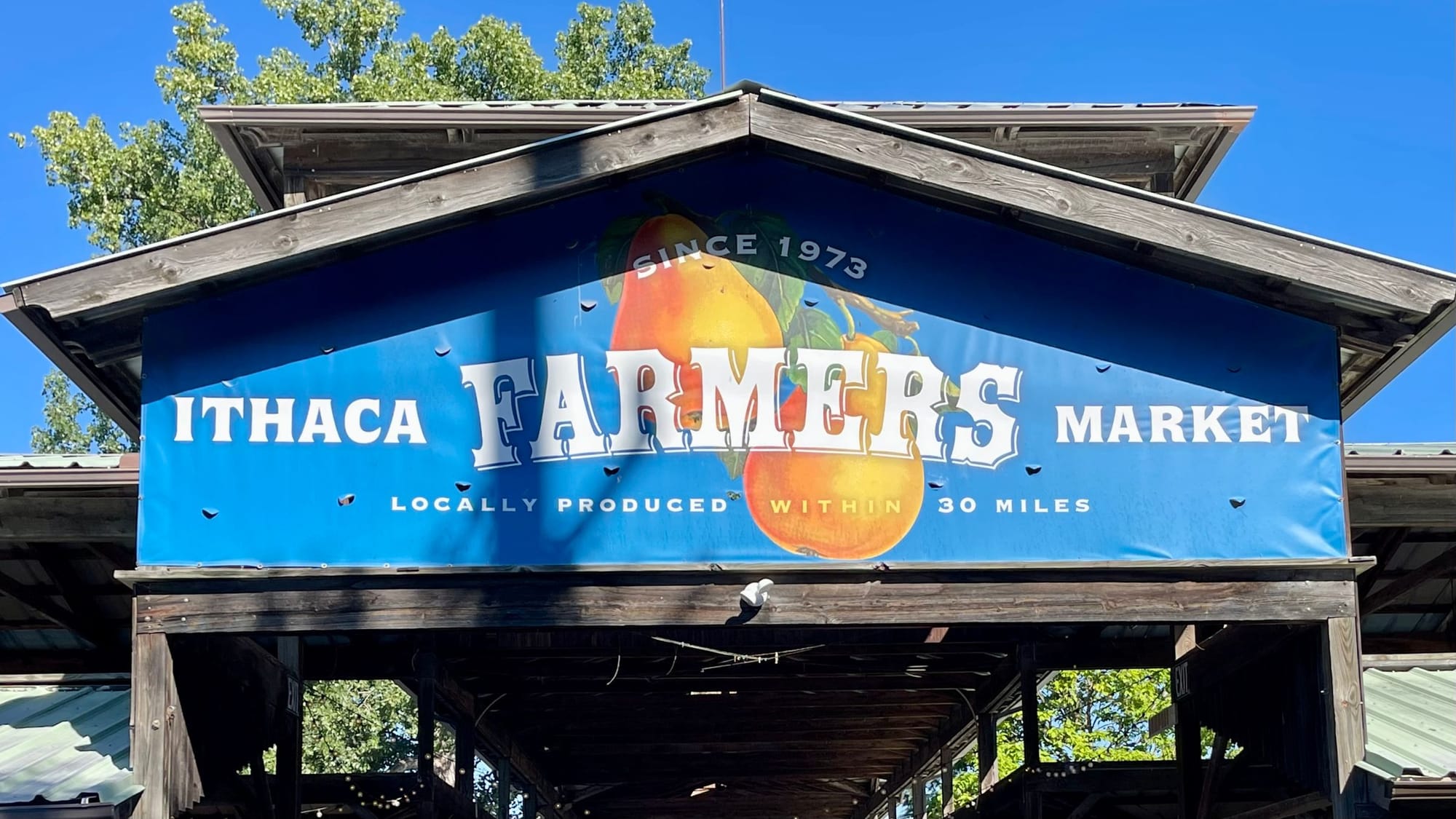
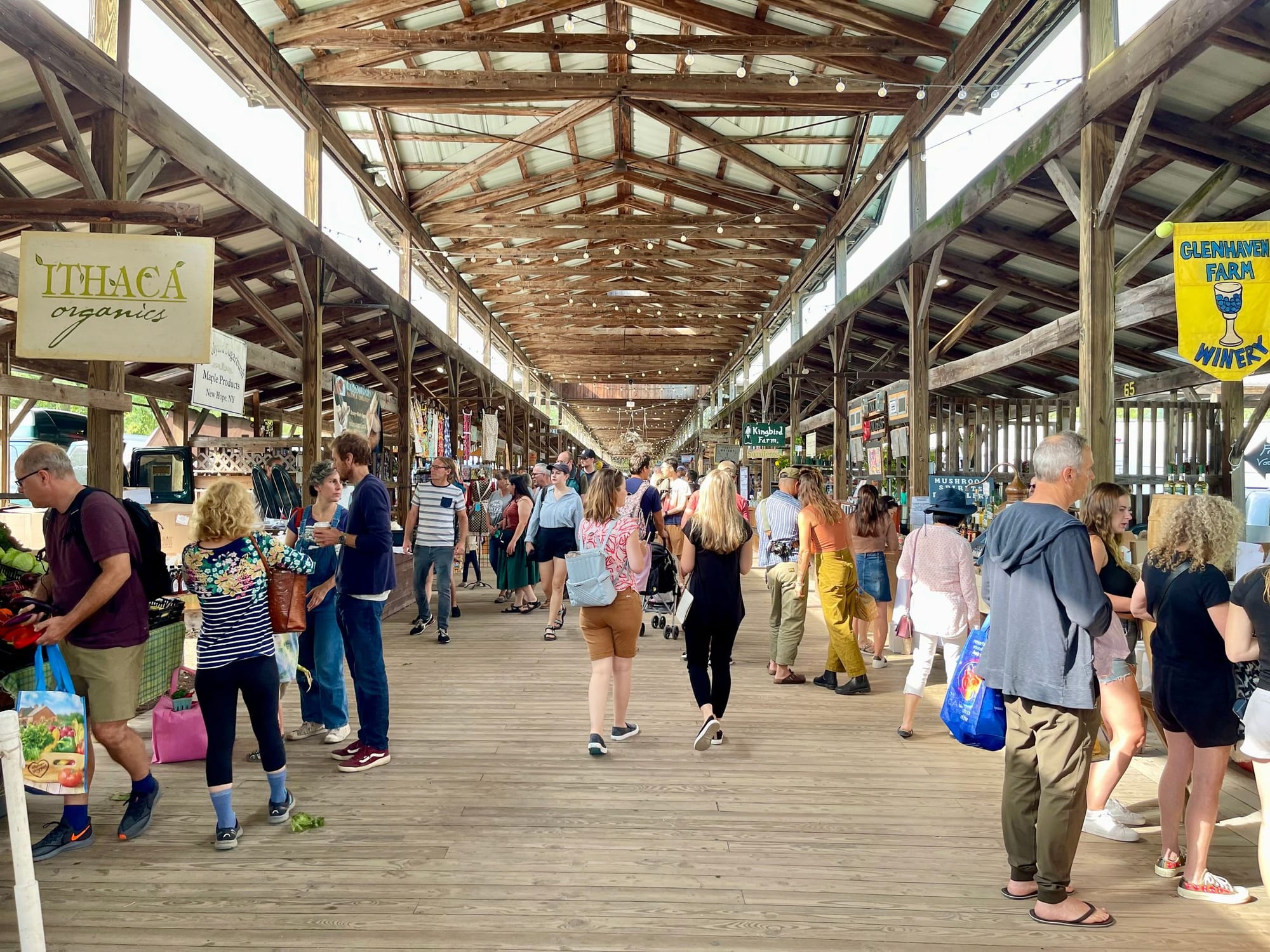
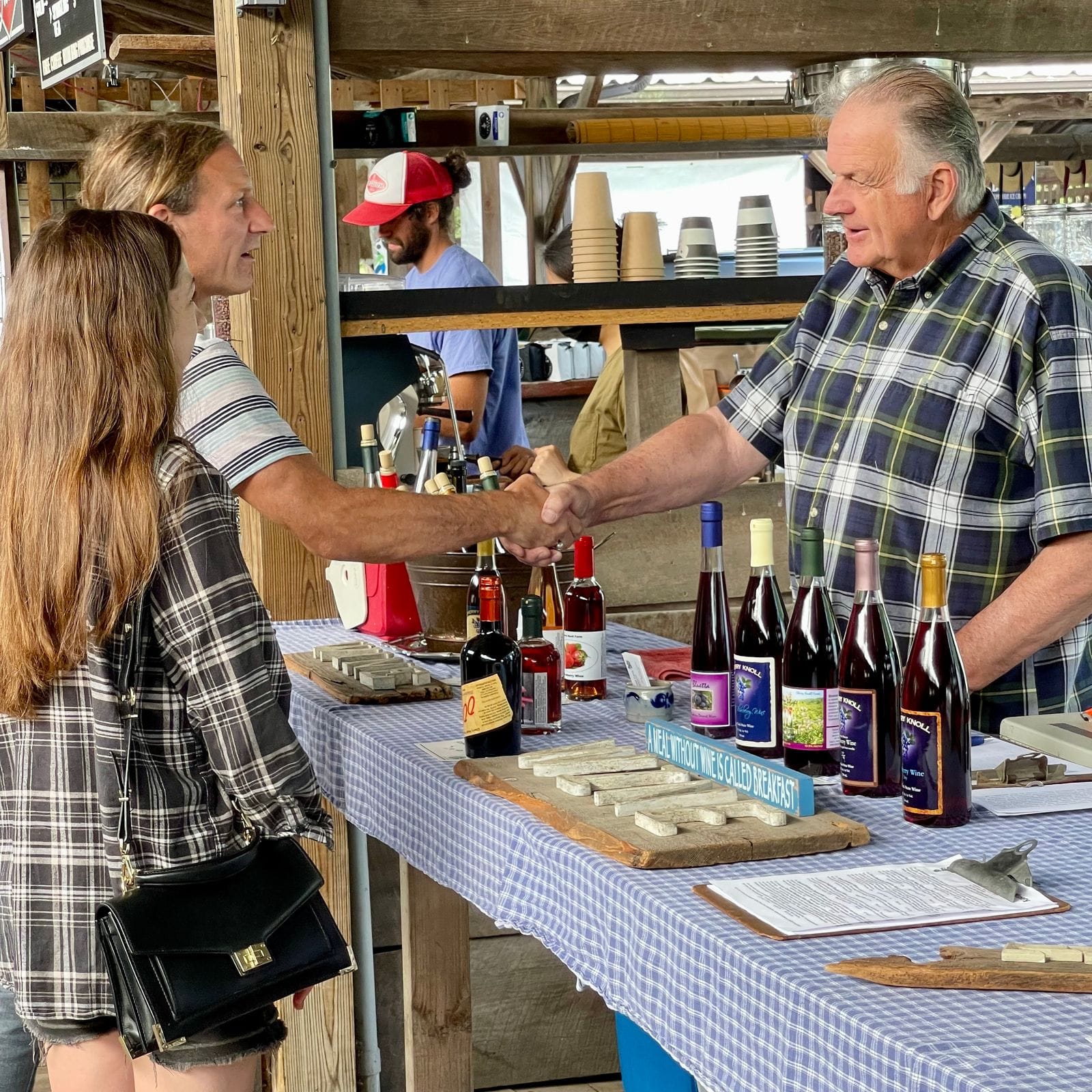
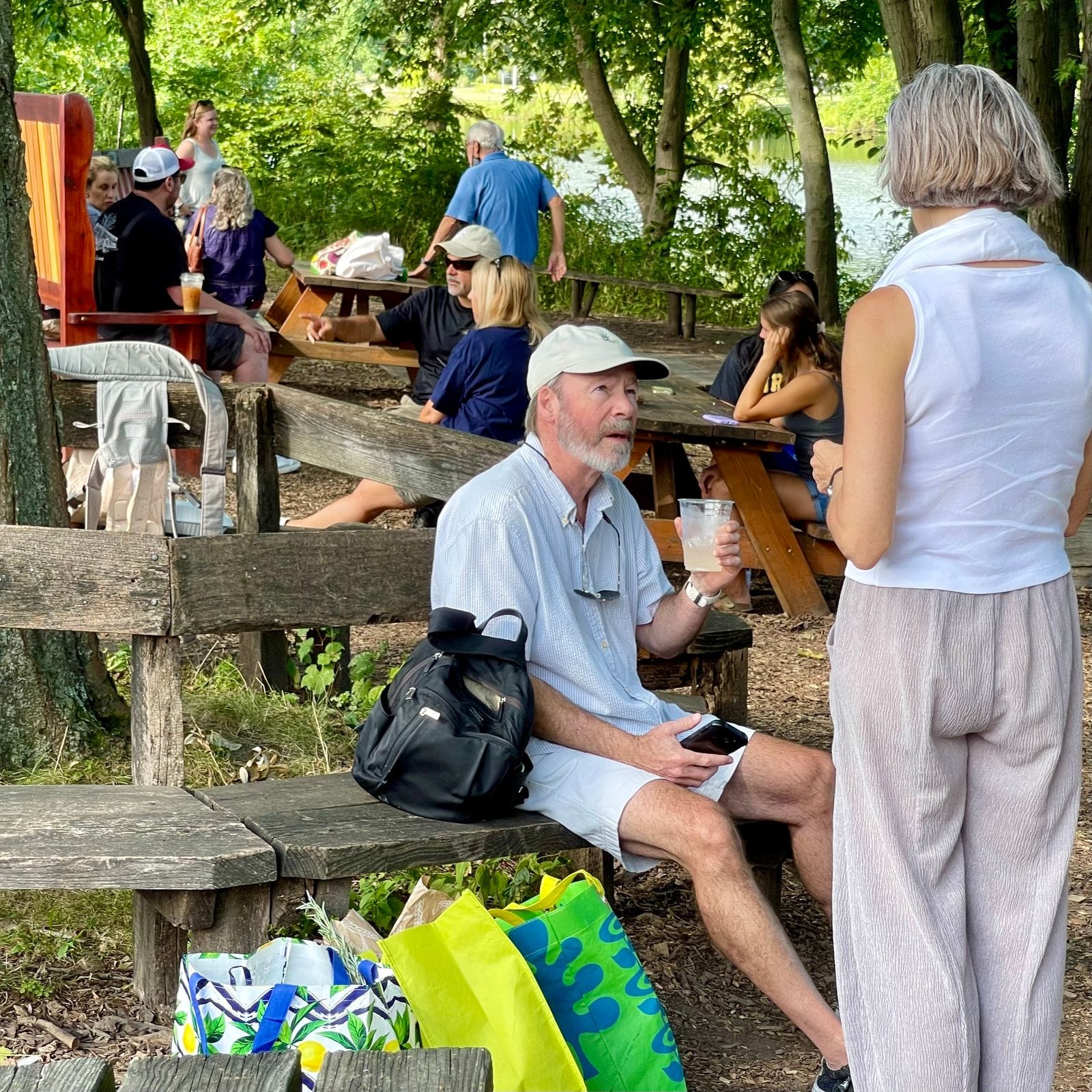
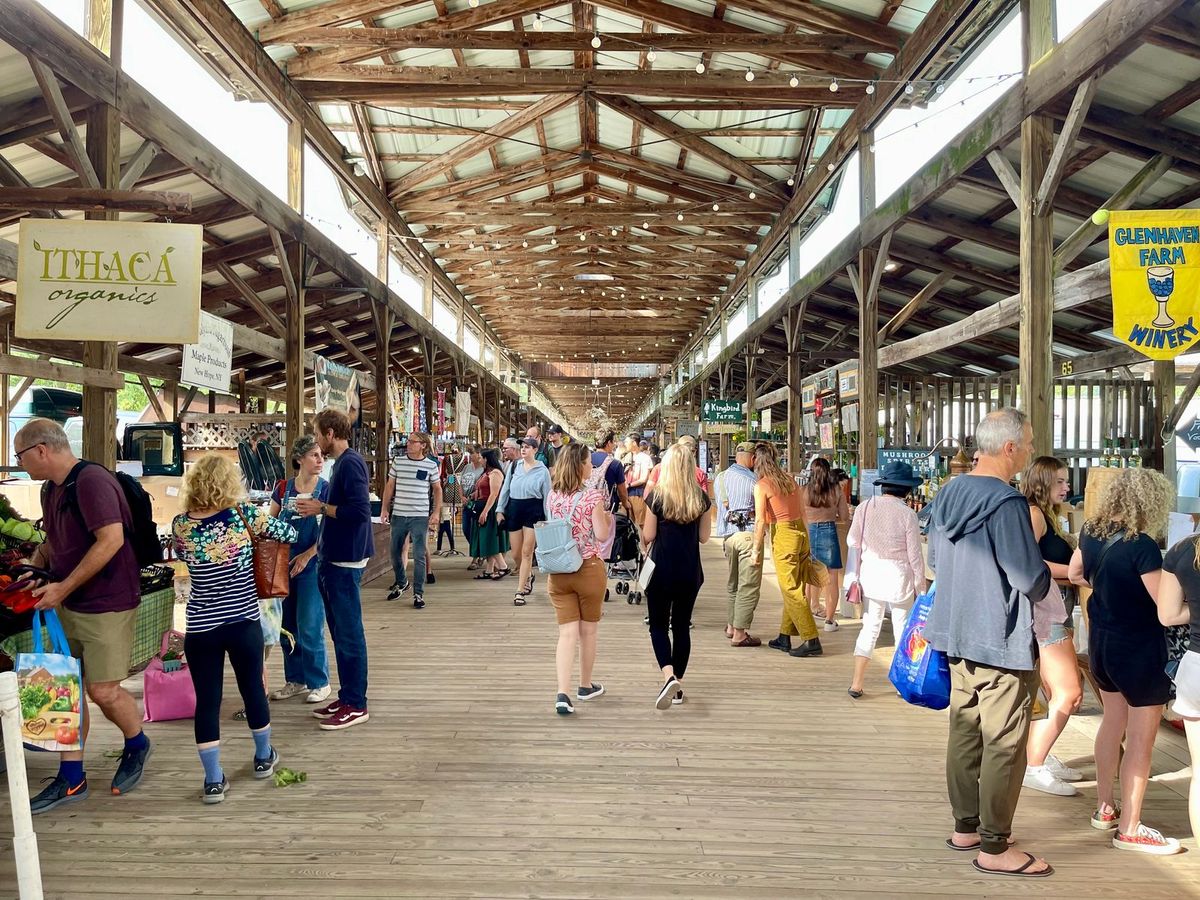
Local Markets
1) NewBo City Market – Cedar Rapids, Iowa
After a flood in Cedar Rapids, Iowa, activists created a totally new market from an abandoned warehouse and vacant lot in Cedar Rapids, transforming the area into one of the best city squares in the U.S. The market perfectly balances its roles as a heart of community and an incubator for young businesses.

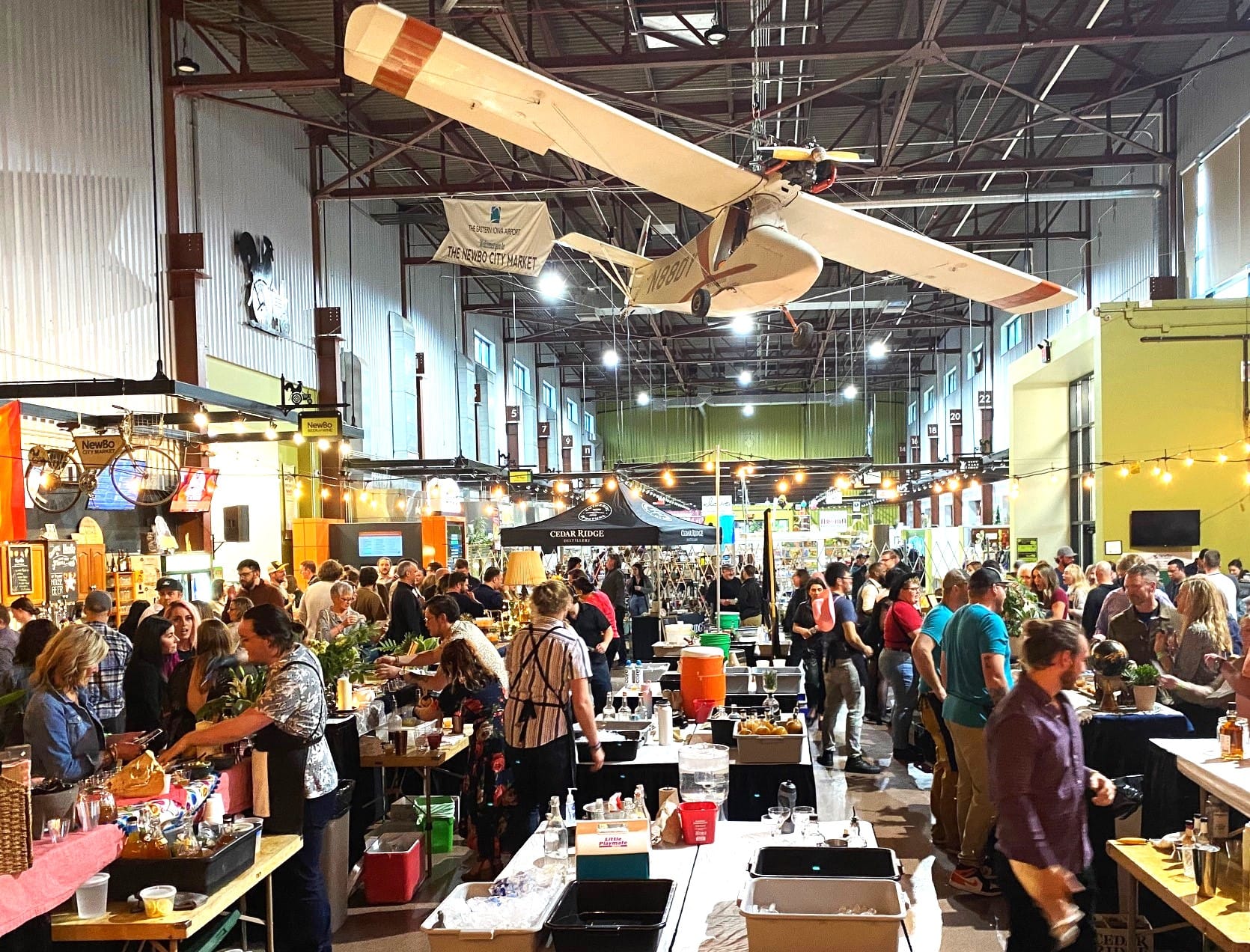
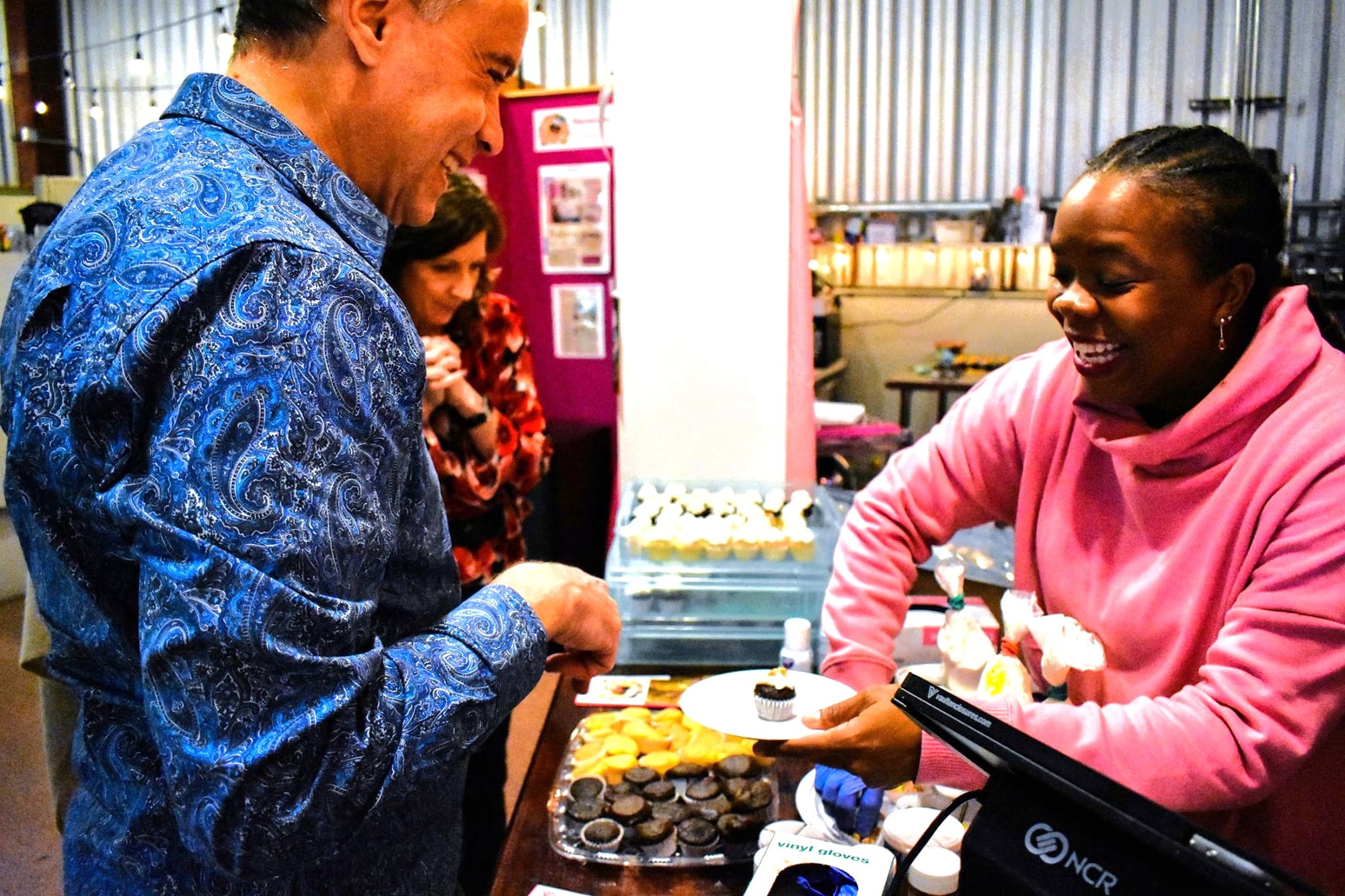
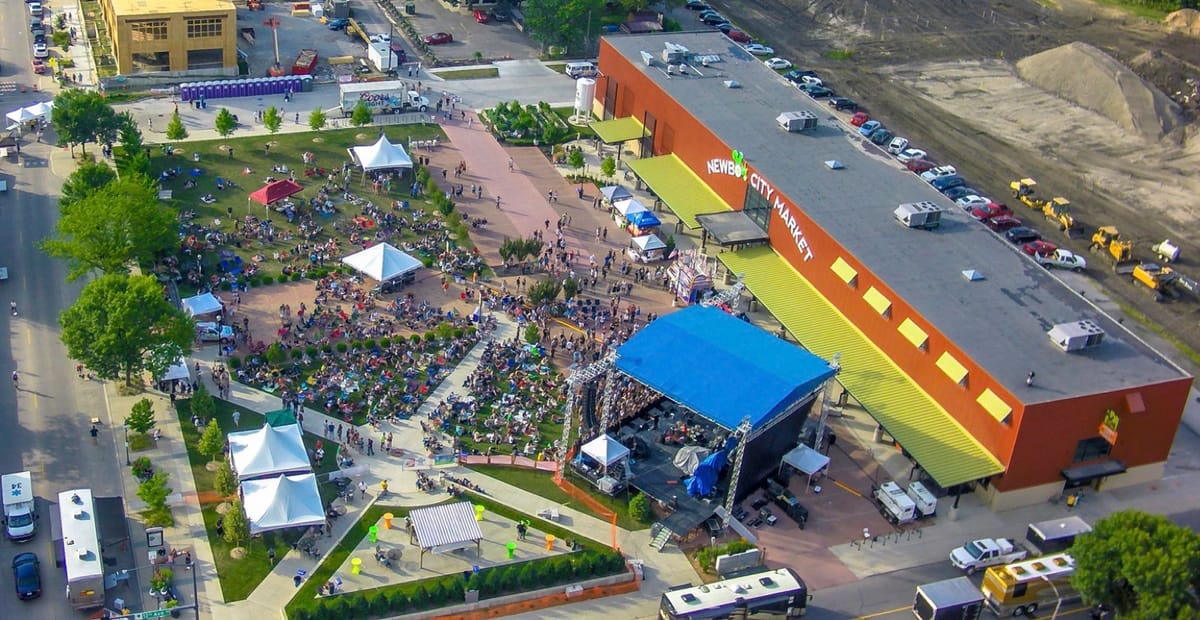
2) Corona Plaza – Queens, New York City
During the pandemic, approximately 80 street vendors from Latin America began selling their goods in Corona Plaza, Queens. Their activity breathed new life into the previously underutilized area and attracted community activity. Unfortunately, they were shut down in 2023 due to lack of formal permits. However, following public outcry, the vendors were brought back in a legal way. Today, Corona Plaza is a thriving formal marketplace.
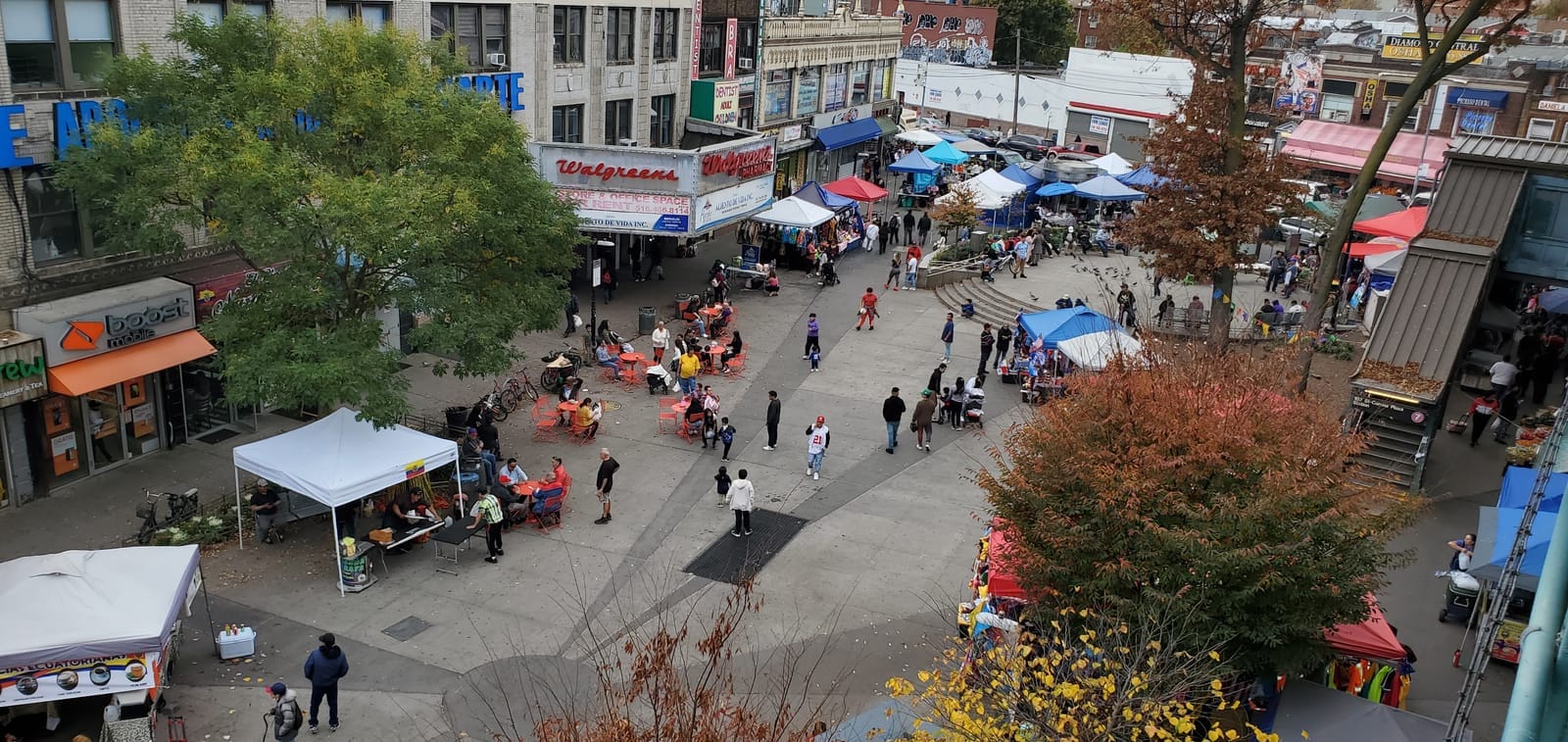
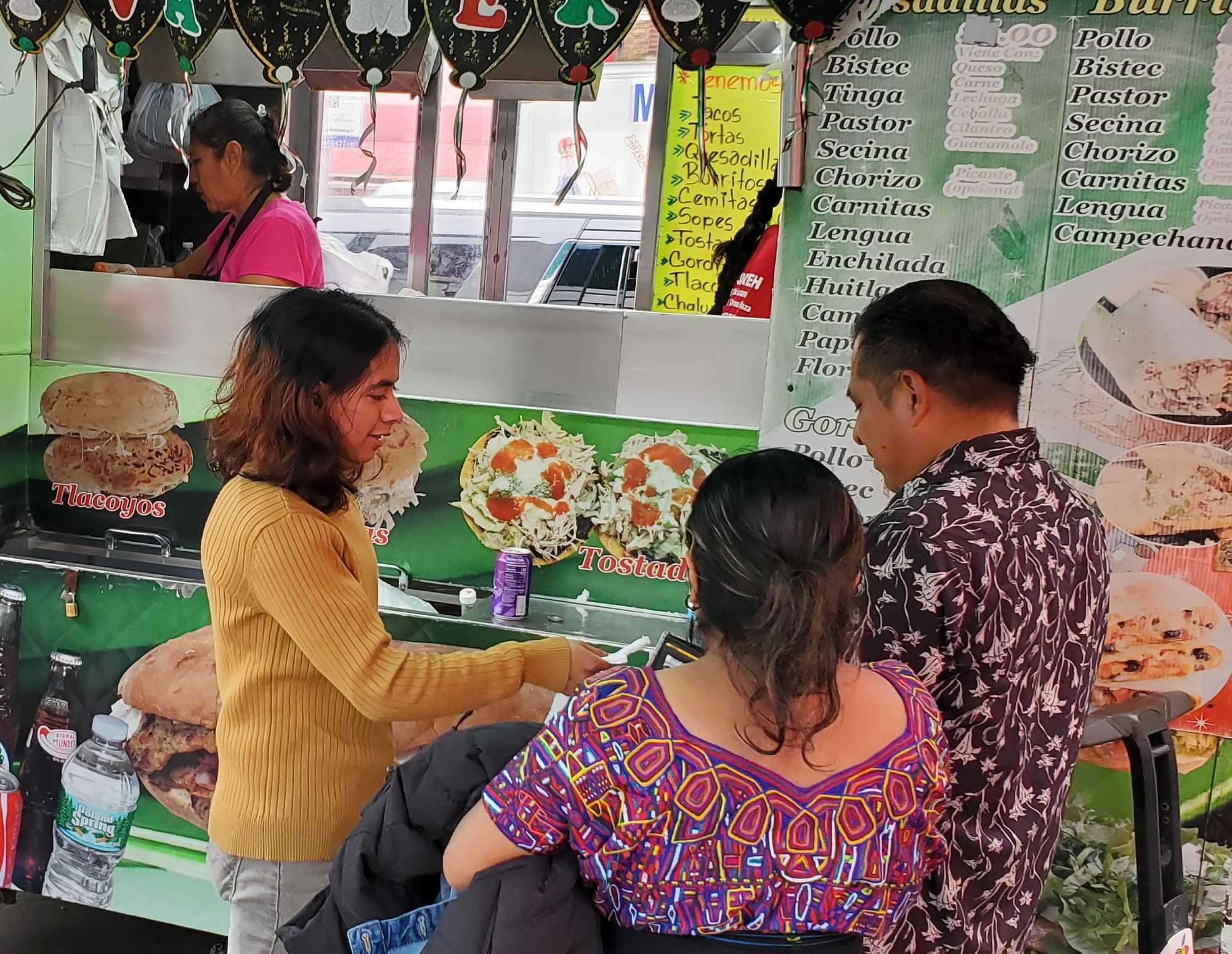
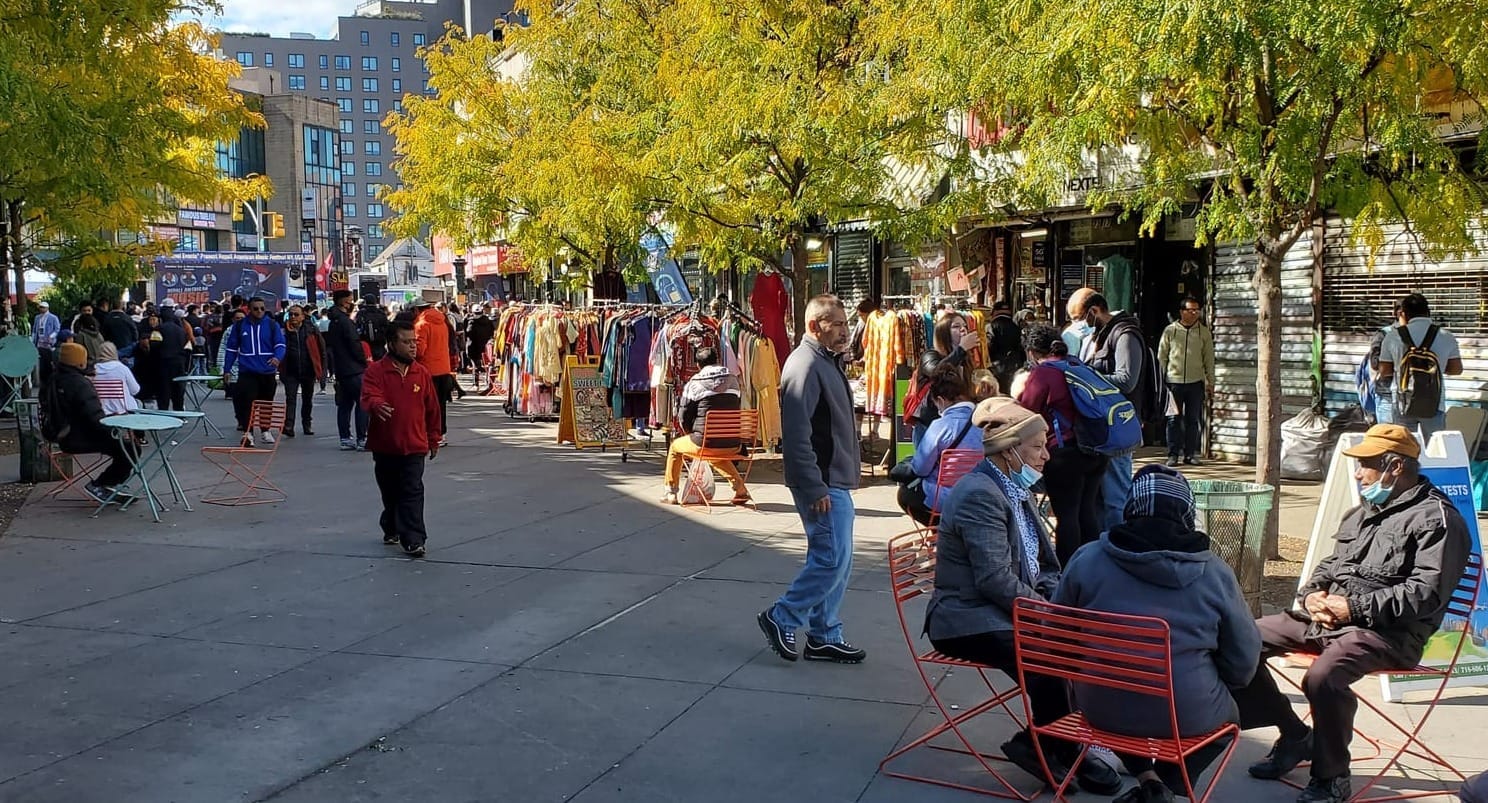
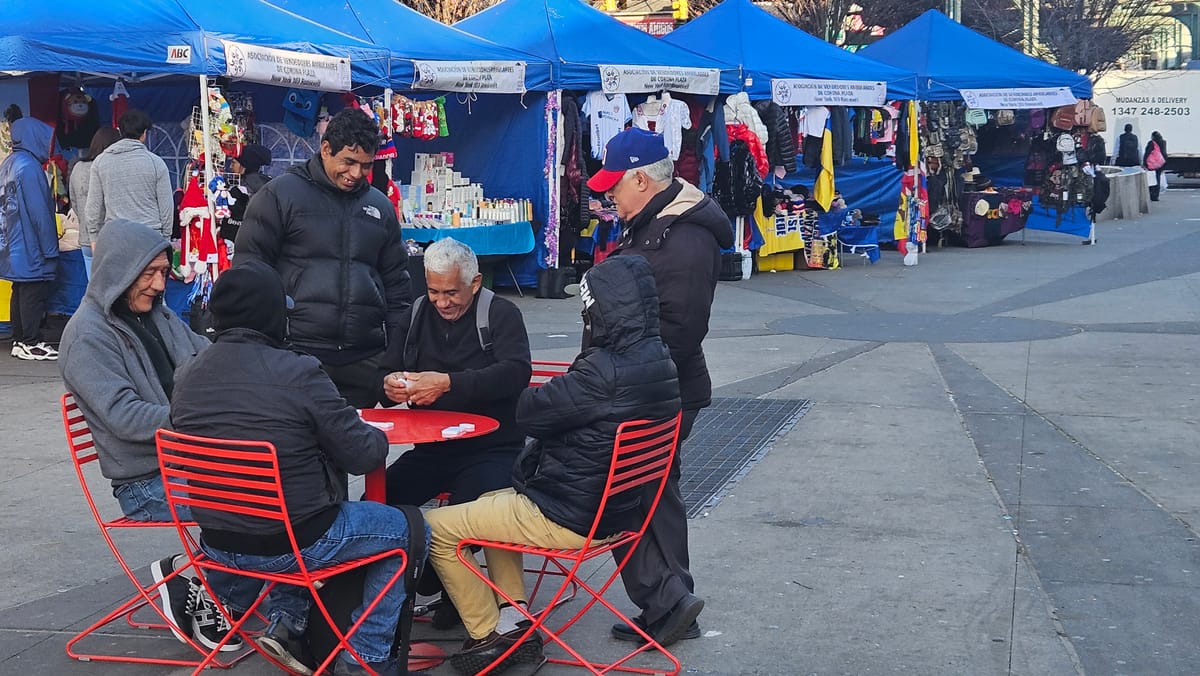
3) Flint Farmers Market, Flint, Michigan: A Market Designed Around Public Spaces and Social Life
The Flint Farmers' Market has existed for over a century and is an important community institution. In 2014, it moved locations into a 10-year-old printing press building. The new building offered an opportunity to host various indoor and outdoor public spaces that enriched the city. The market is now home to 50 local, thriving businesses and hundreds of community events are held here every year. In a sense, it has become Flint's town square.
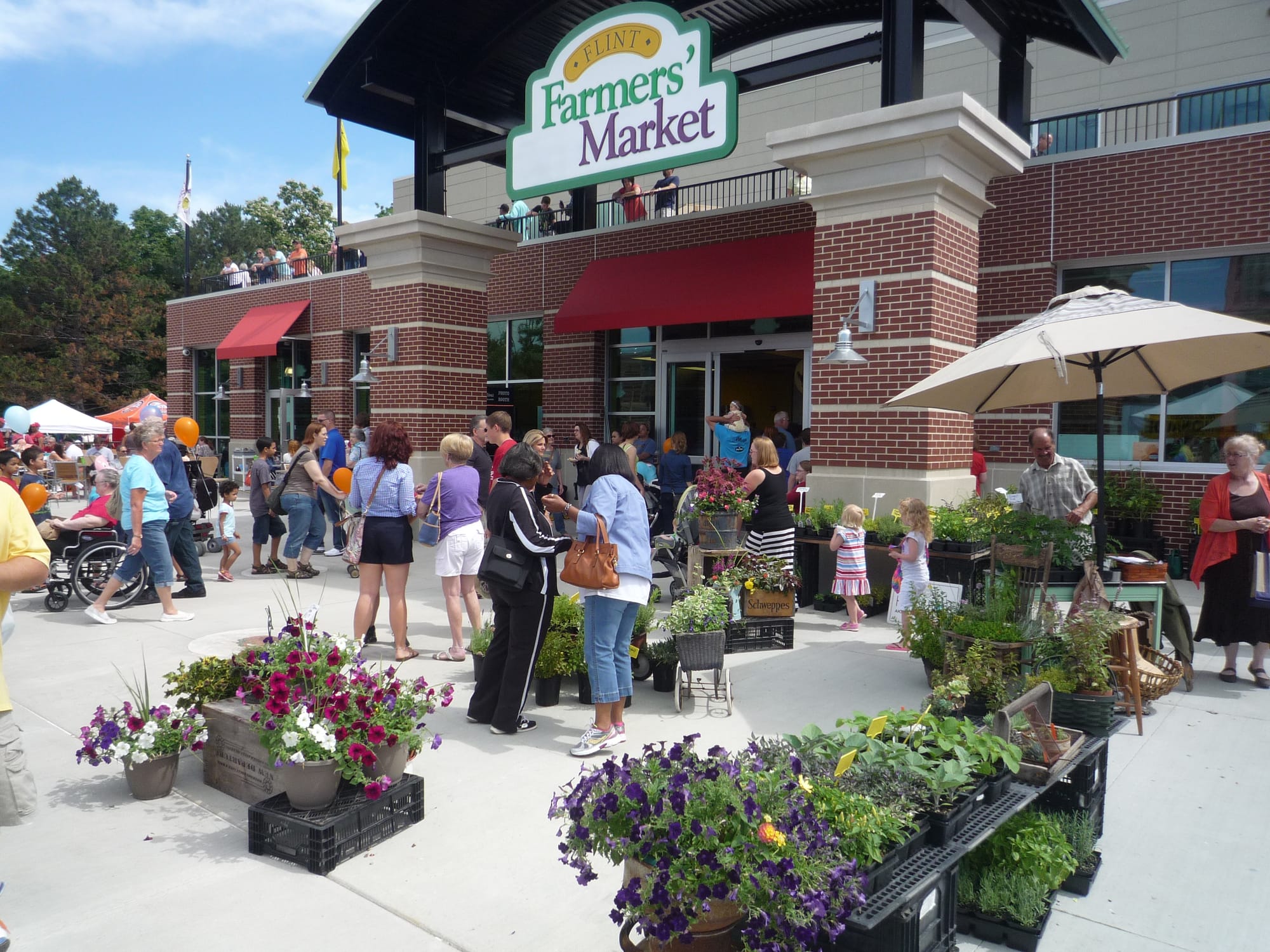
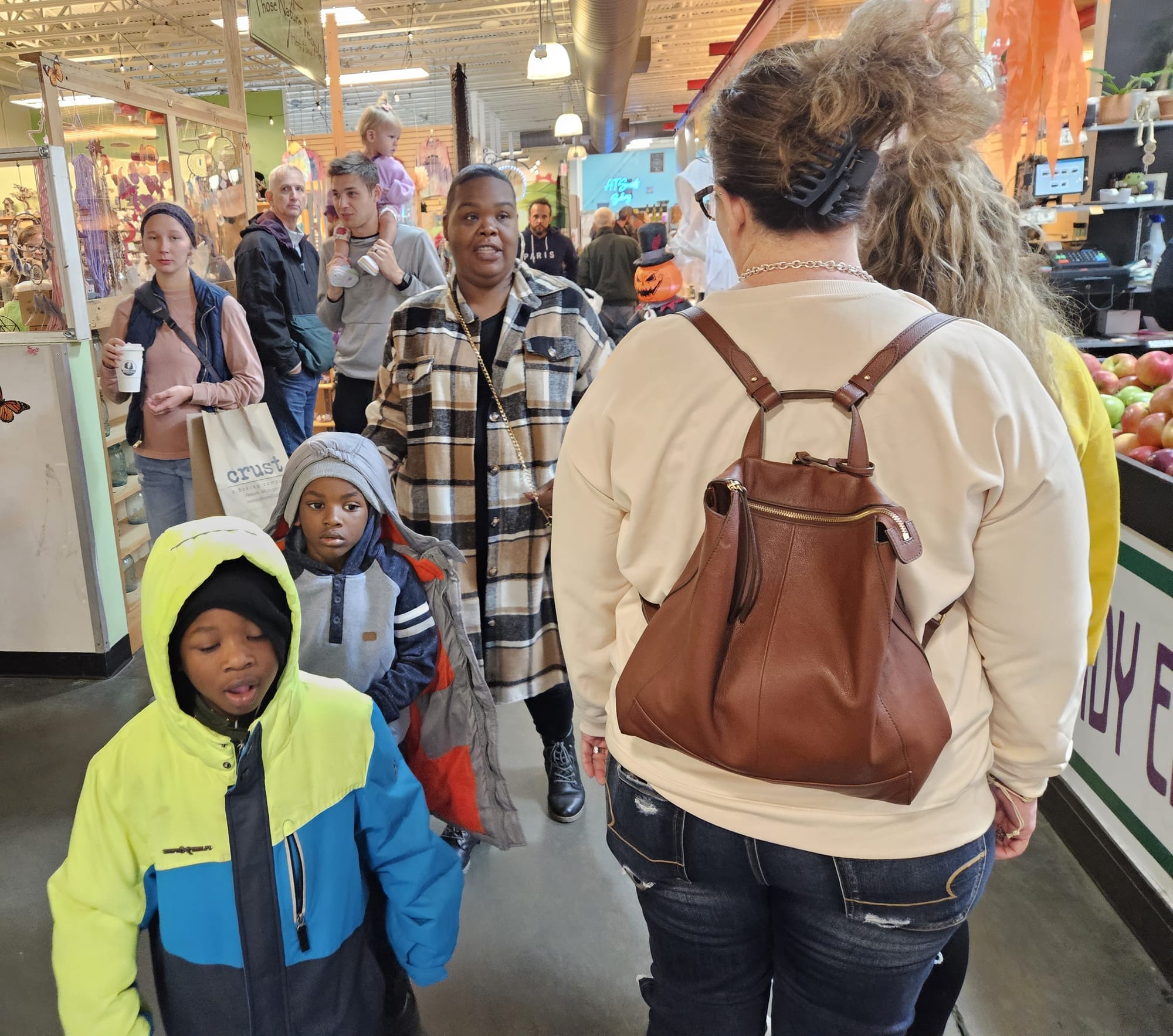
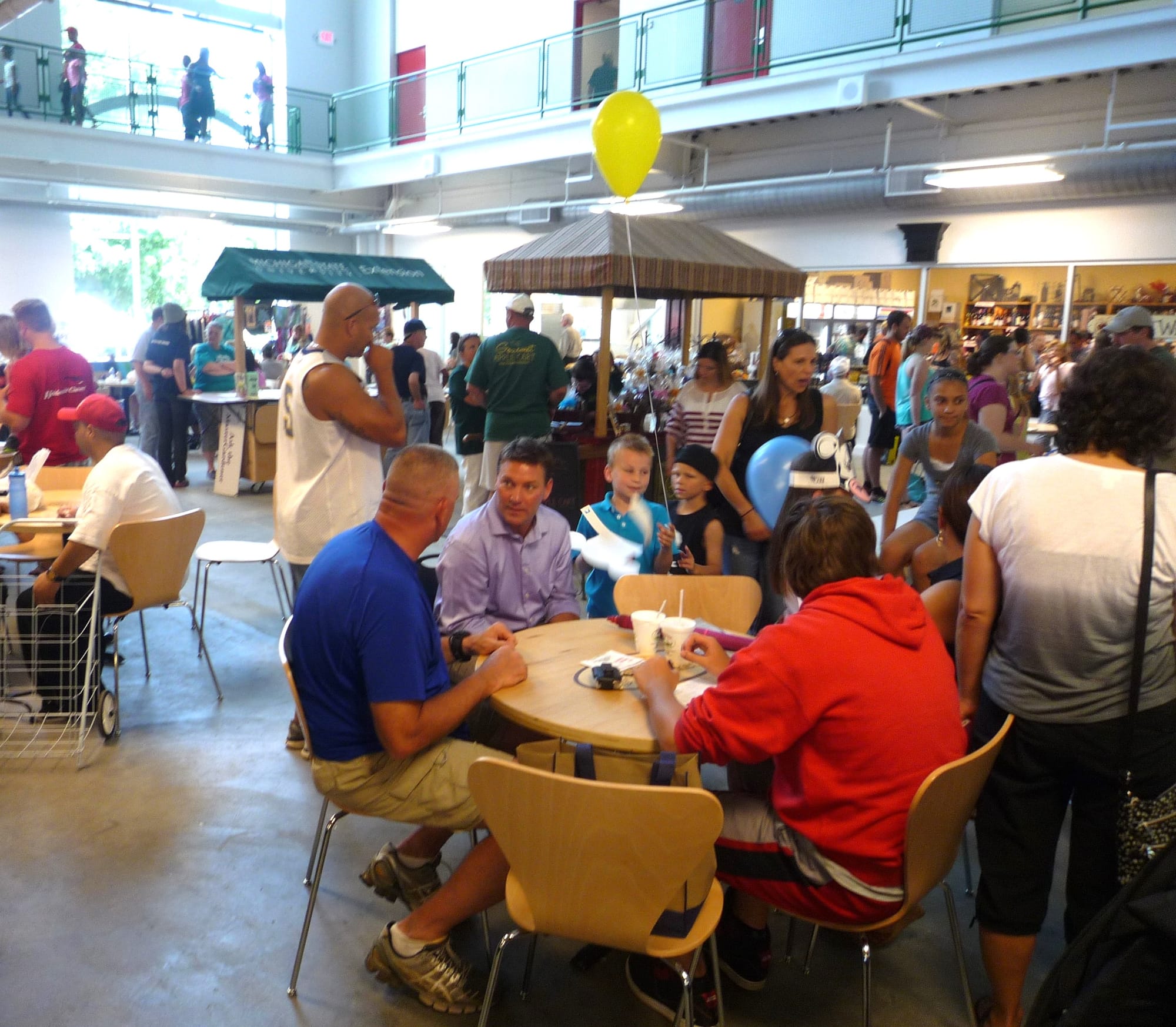
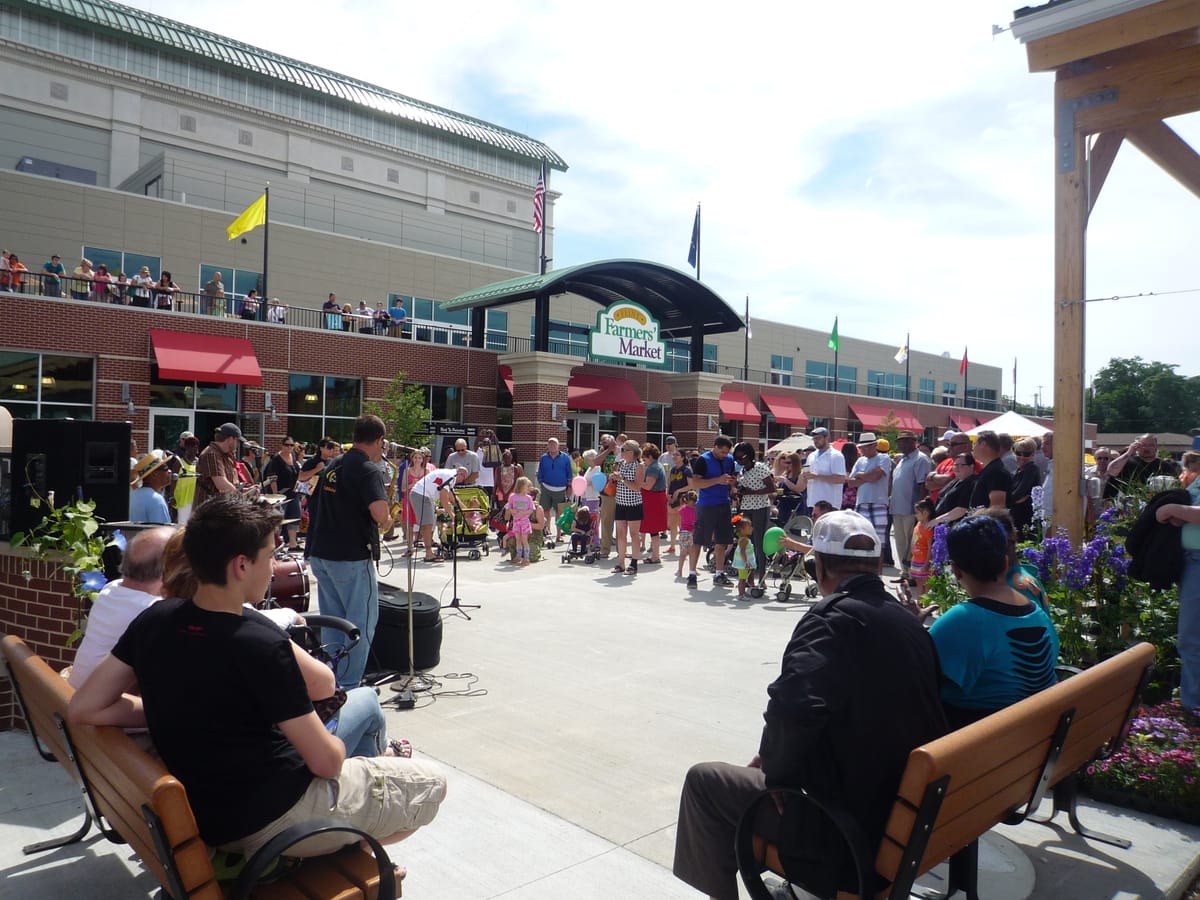
4) Huerto Roma Verde Market - Mexico City
Huerto Roma Verde in Mexico City is a wonderful multi-layered public space that serves as a community center, public square, conference area, artisan studio, and market space. The market part is relatively compact but full of life. Local artisans and chefs offer a variety of unique goods and form an engaged and spirited community.
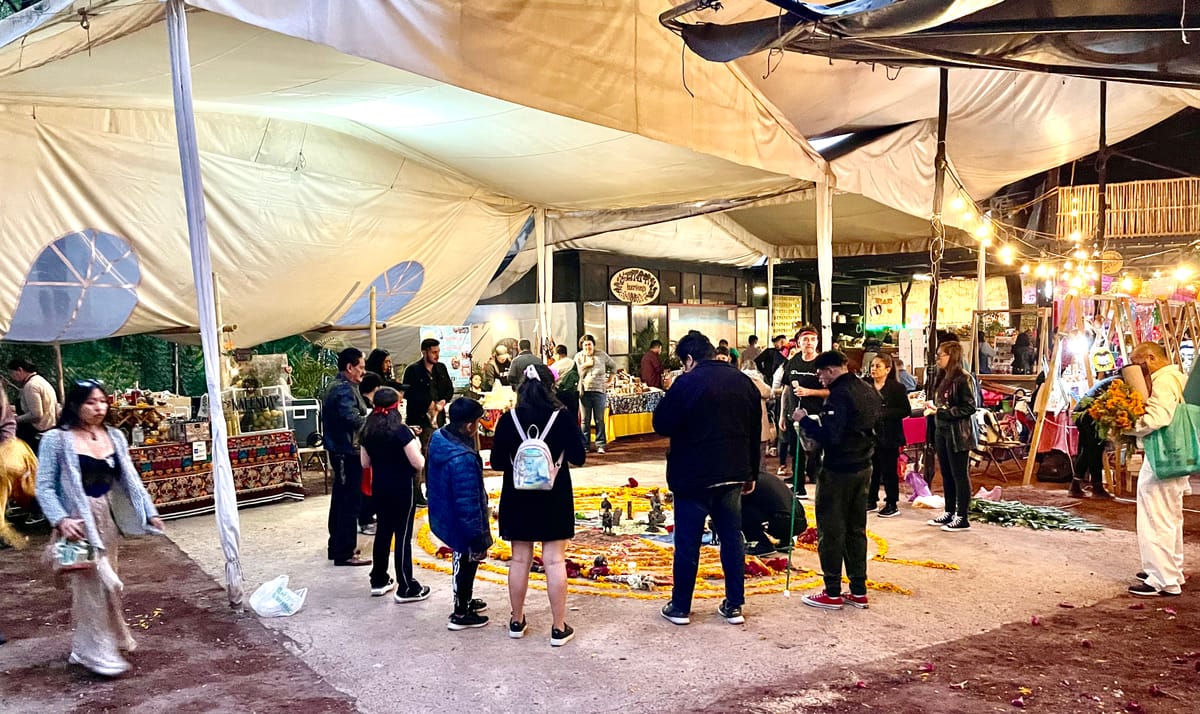
Market Streets
1) Calle la Defensa - Buenos Aires
Buenos Aires has a wonderful example of a market street on Calle la Defensa in San Telmo. The magic of the street is in how it is full of improvised and self-organized activity. Here you can always find dancers, various vendors, artisans, eateries, and no shortage of curbside conversations and performances.
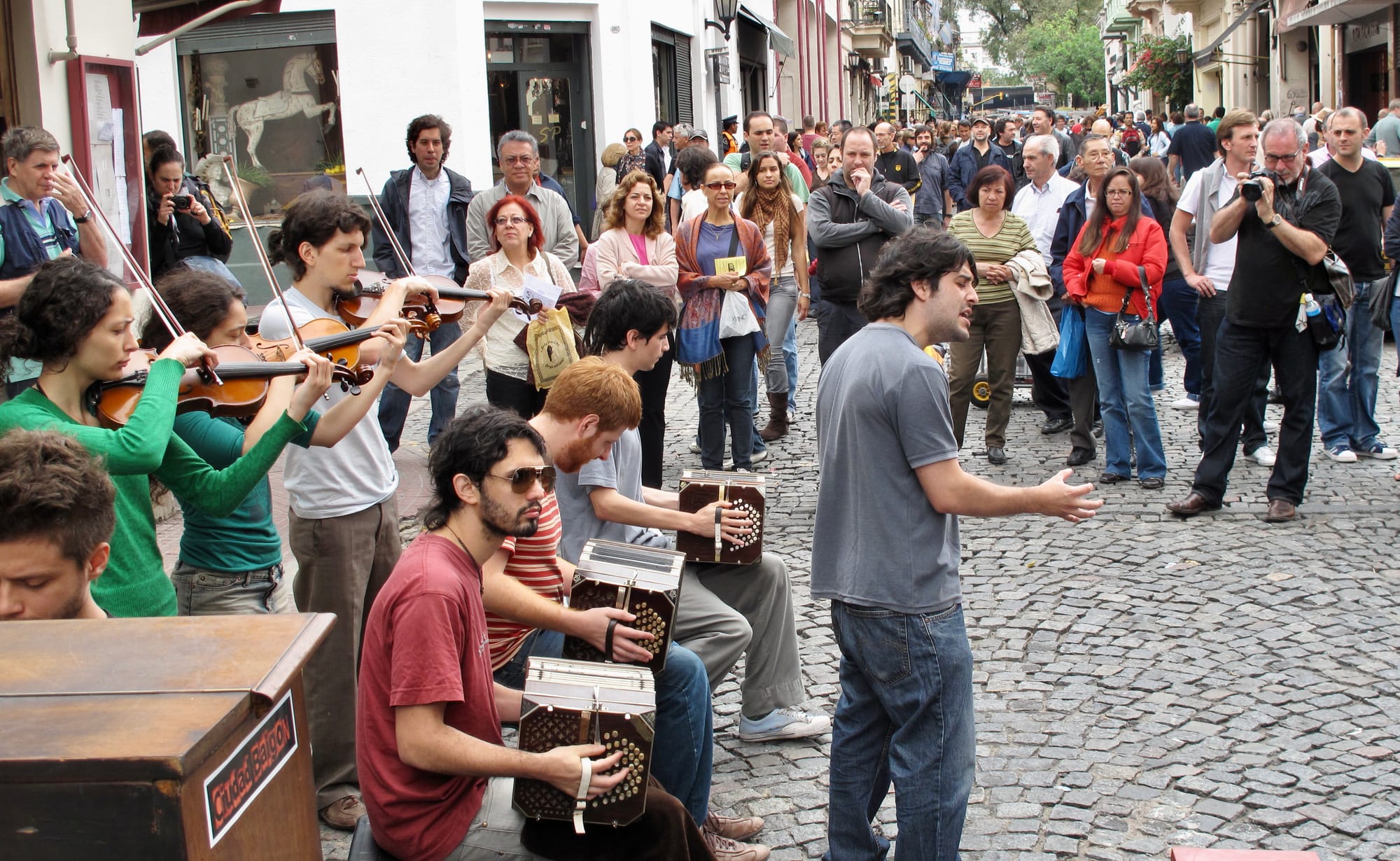
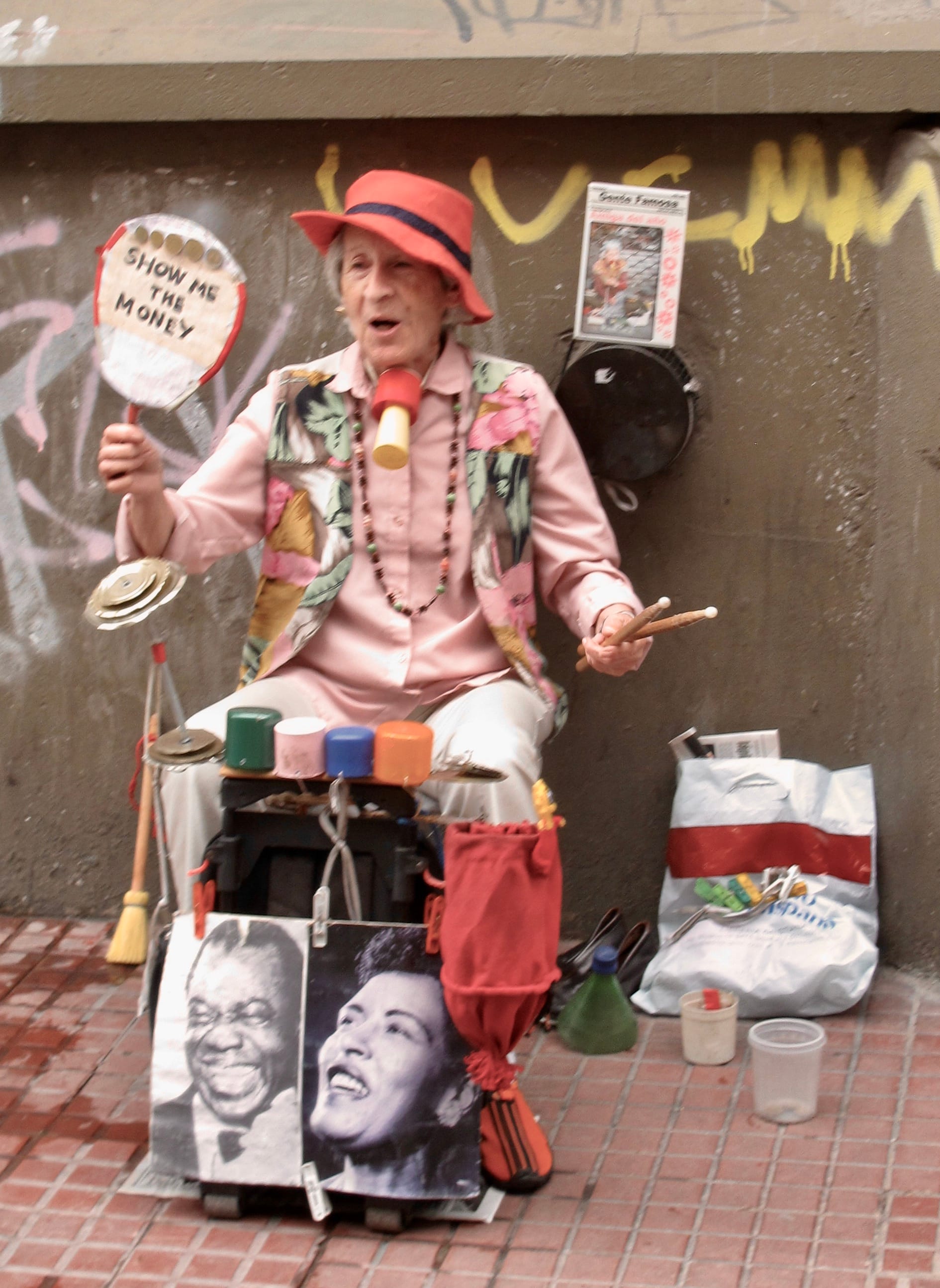
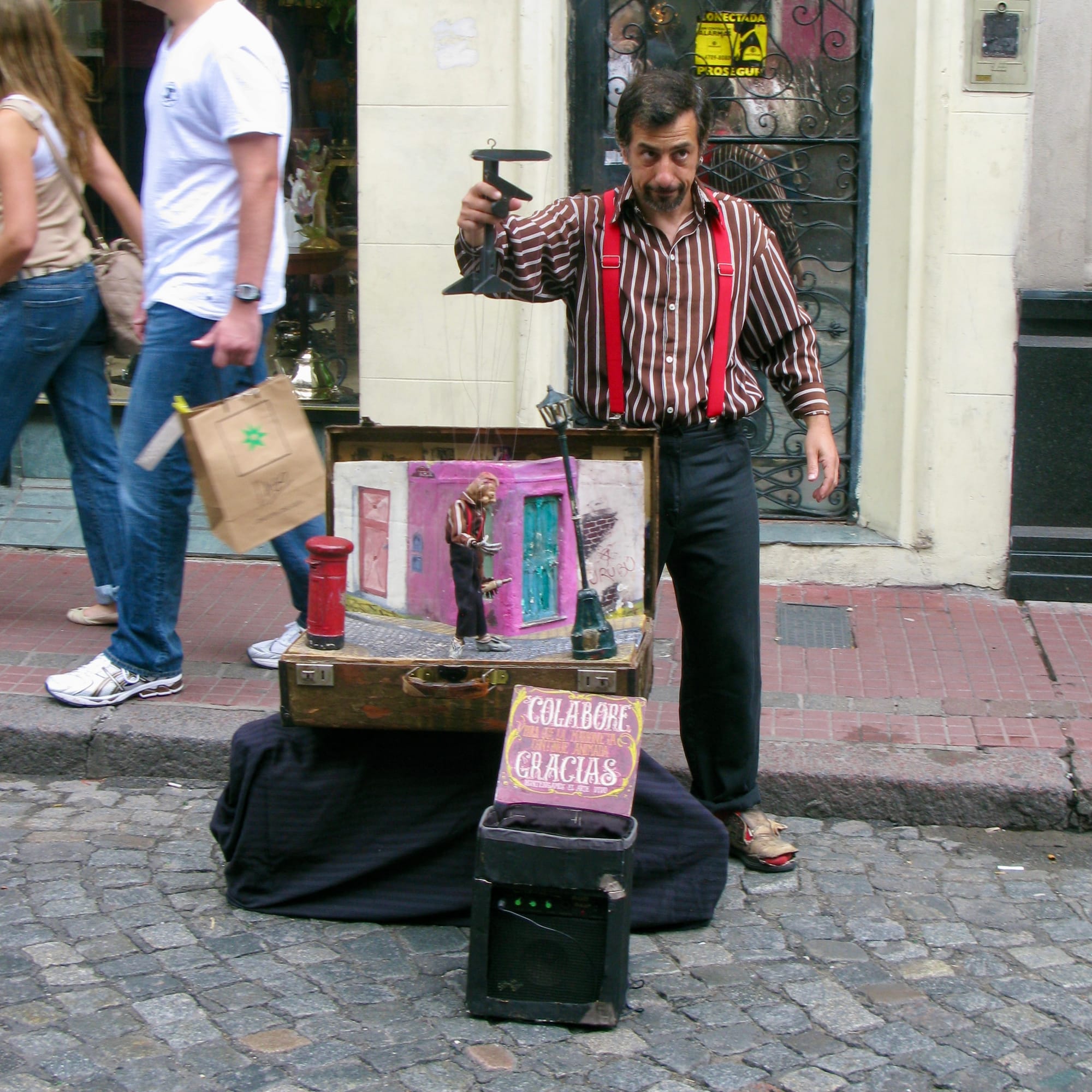
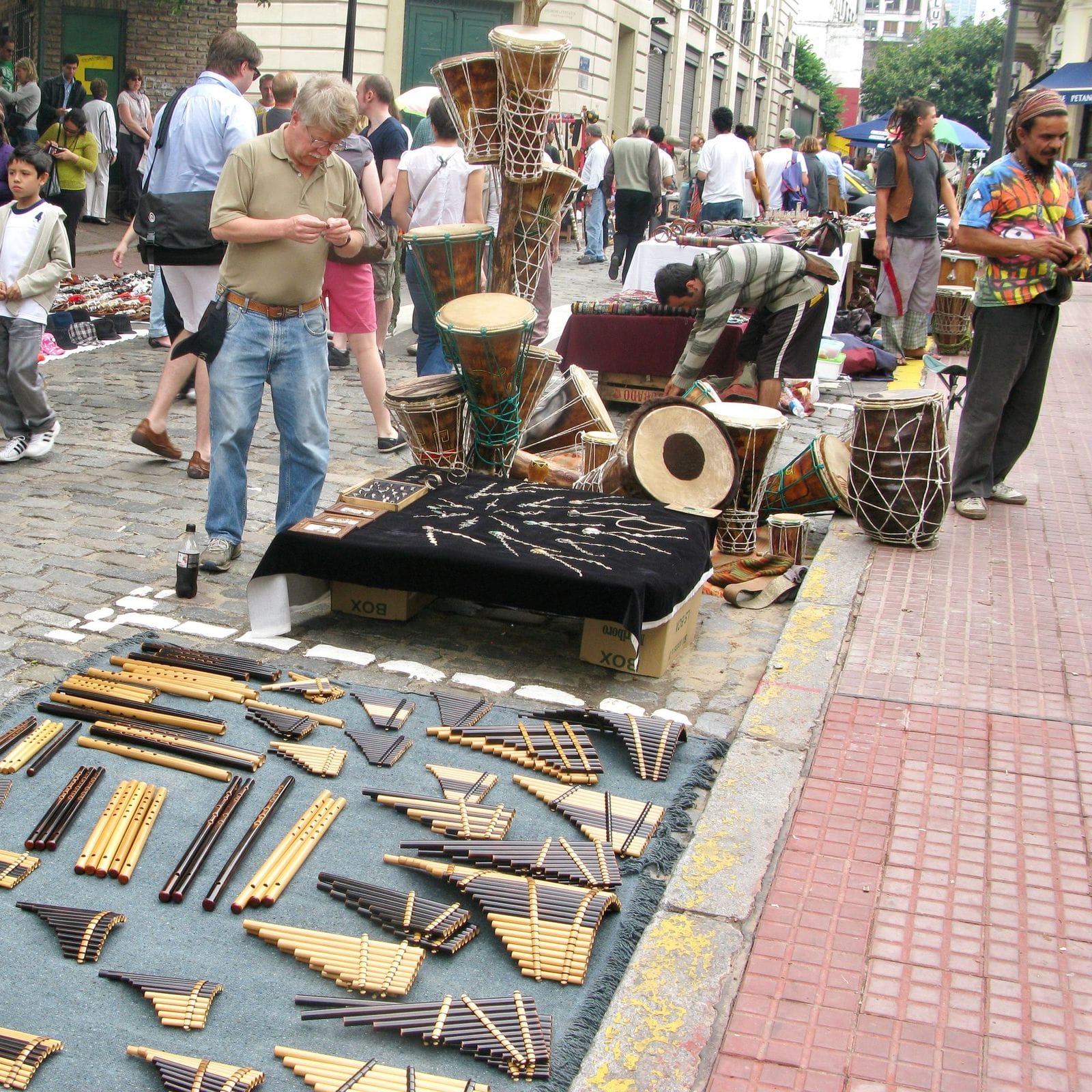
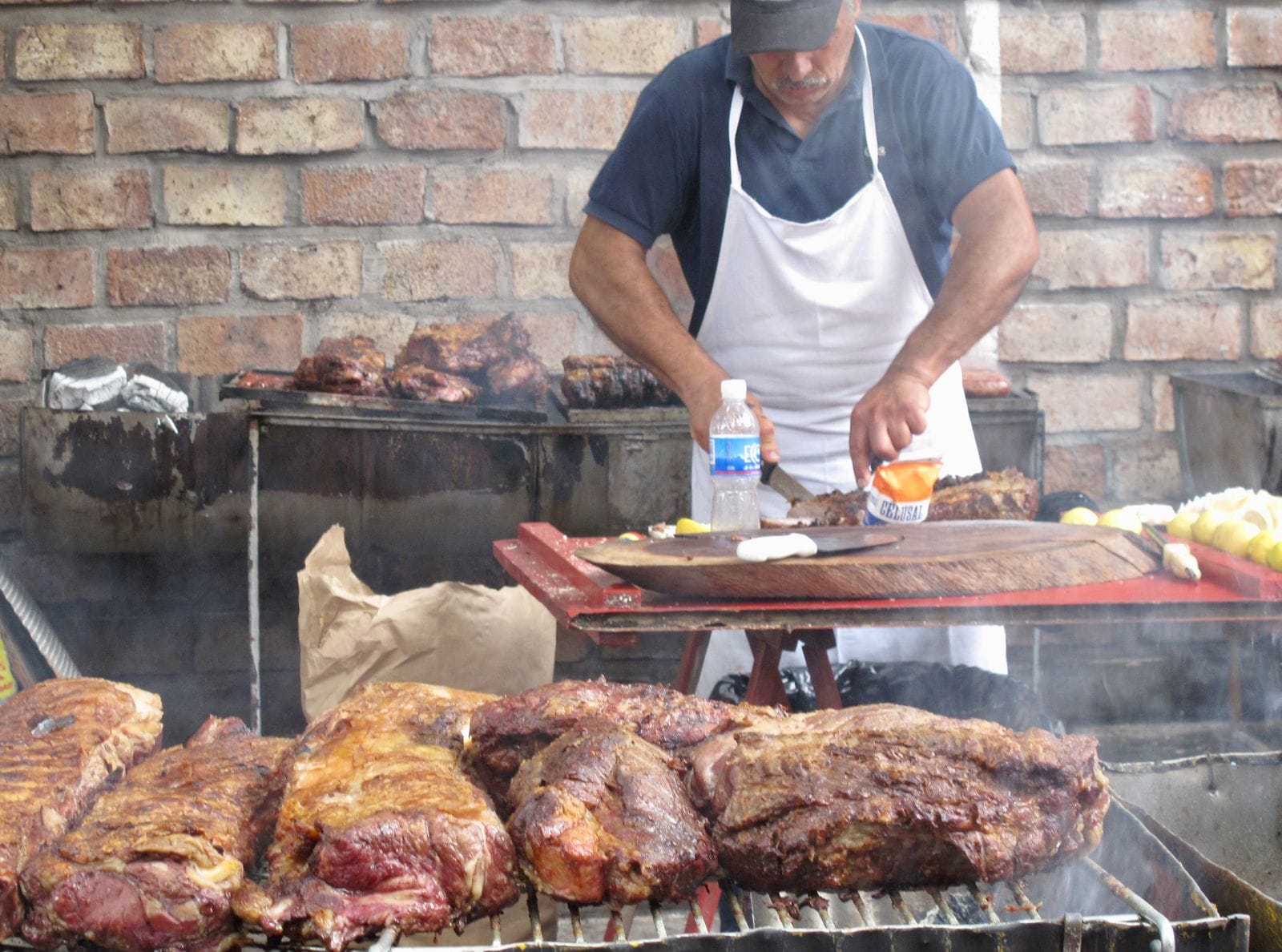
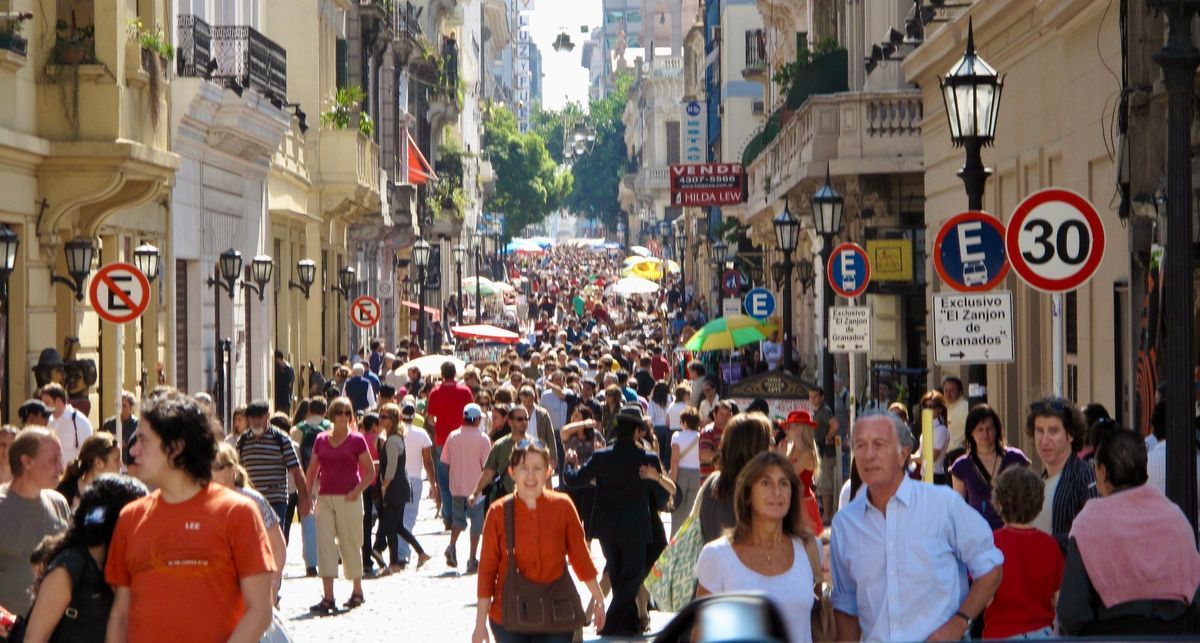
Markets have been the heart of commercial life in towns and cities for centuries. This is because they are uniquely effective at not only stimulating economic activity but also connecting people and strengthening communities. Any town or city that wants to thrive and grow resilient and prosperous should establish a healthy mix of markets, from big to small, temporary to permanent. There is no better way to bring people of all kinds together to share an experience and give value back to their communities.
Further Reading on Markets
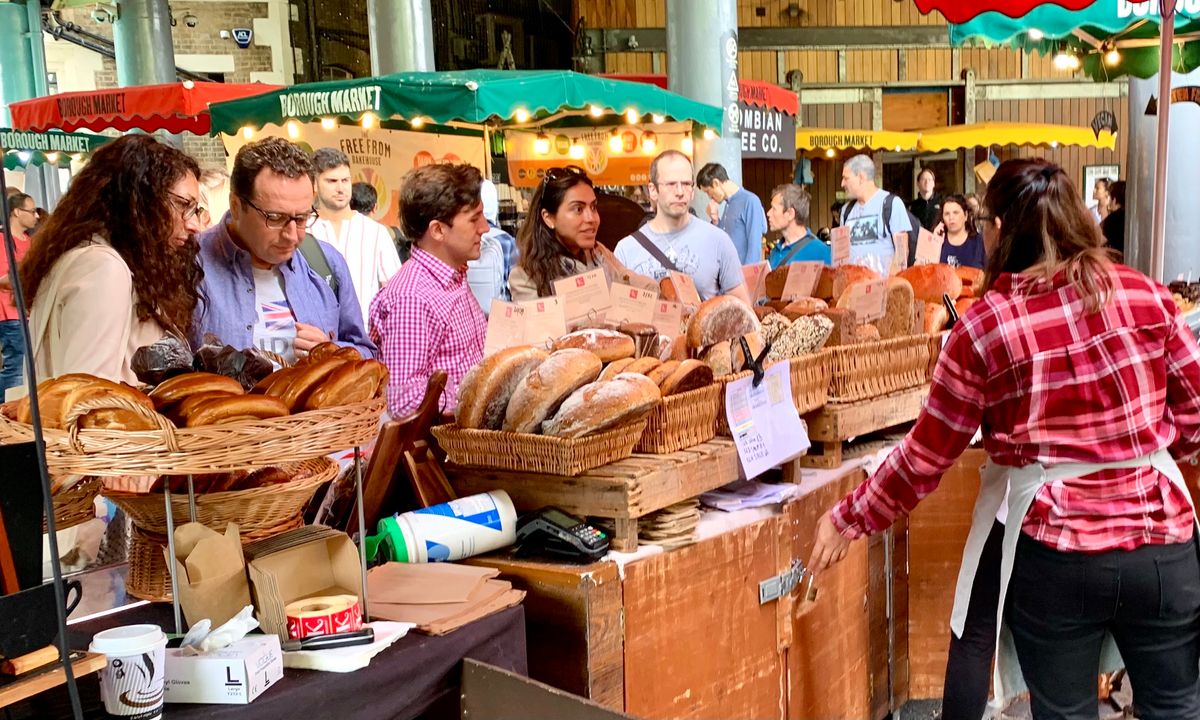
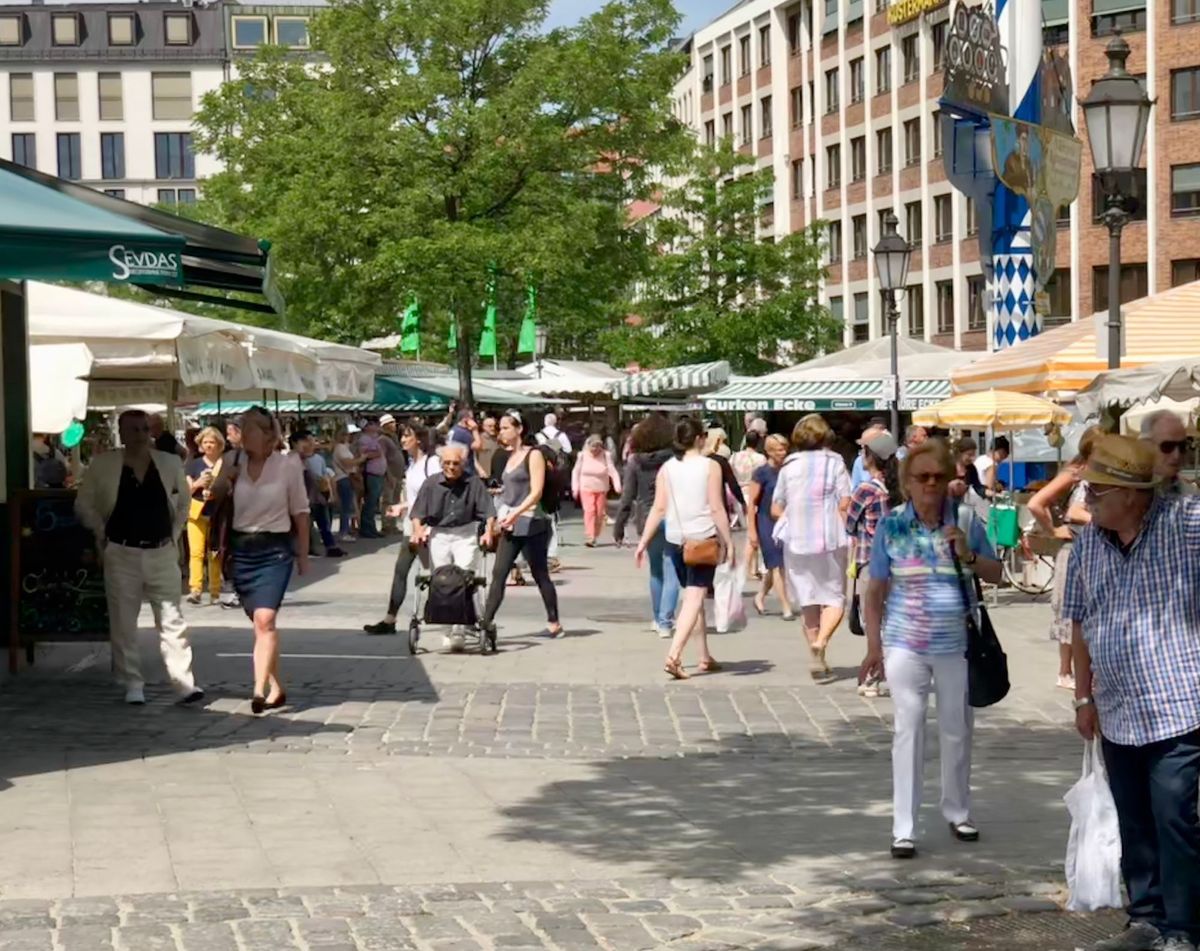
If you are interested in collaborating (articles, presentations, exhibits, projects, and more) or supporting the cause contact us.

![[Markets] - Resource Guide](/content/images/size/w2000/2025/06/1A259A99-62B6-4A4A-9398-0375C0A405E5.jpeg)









